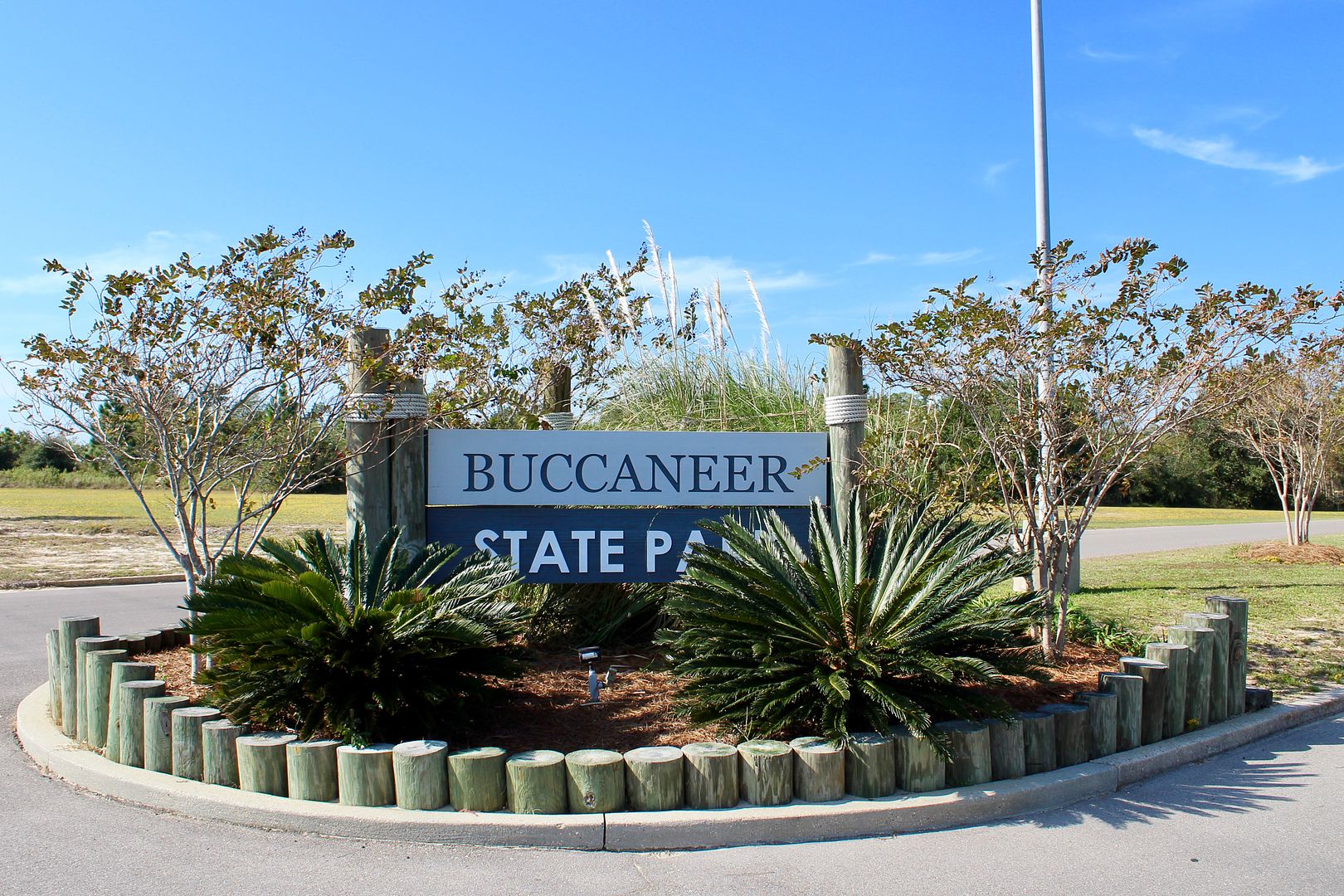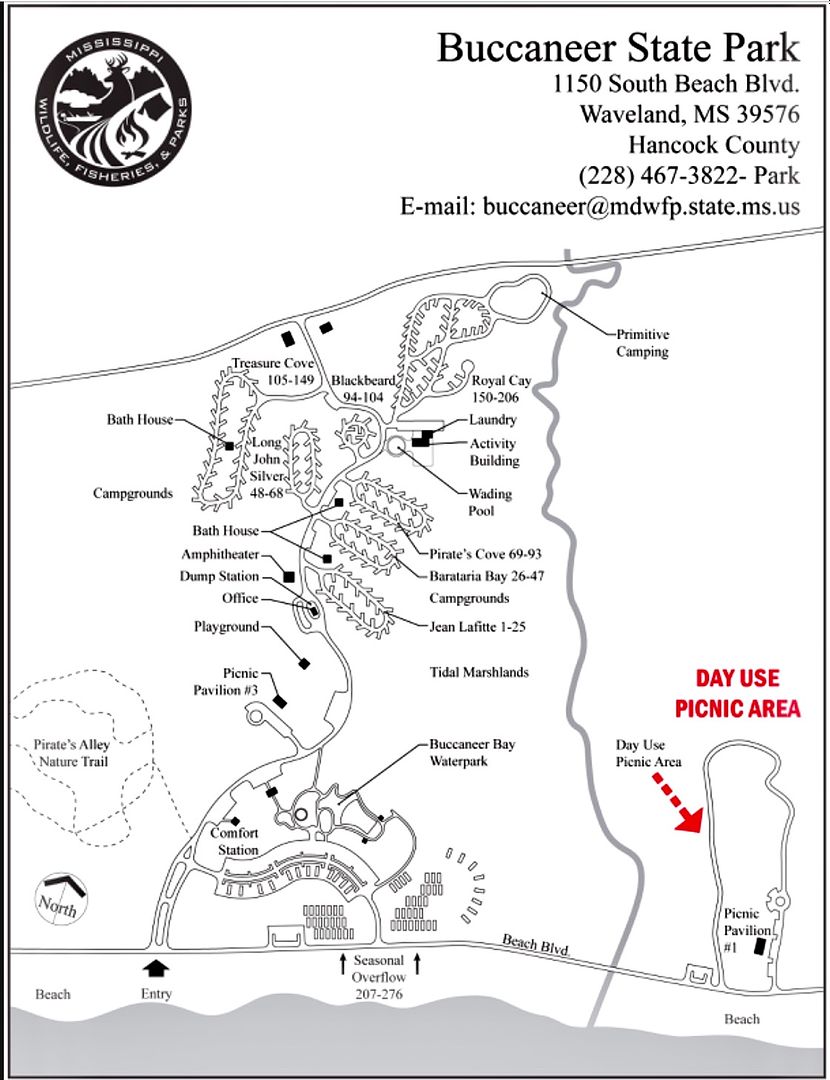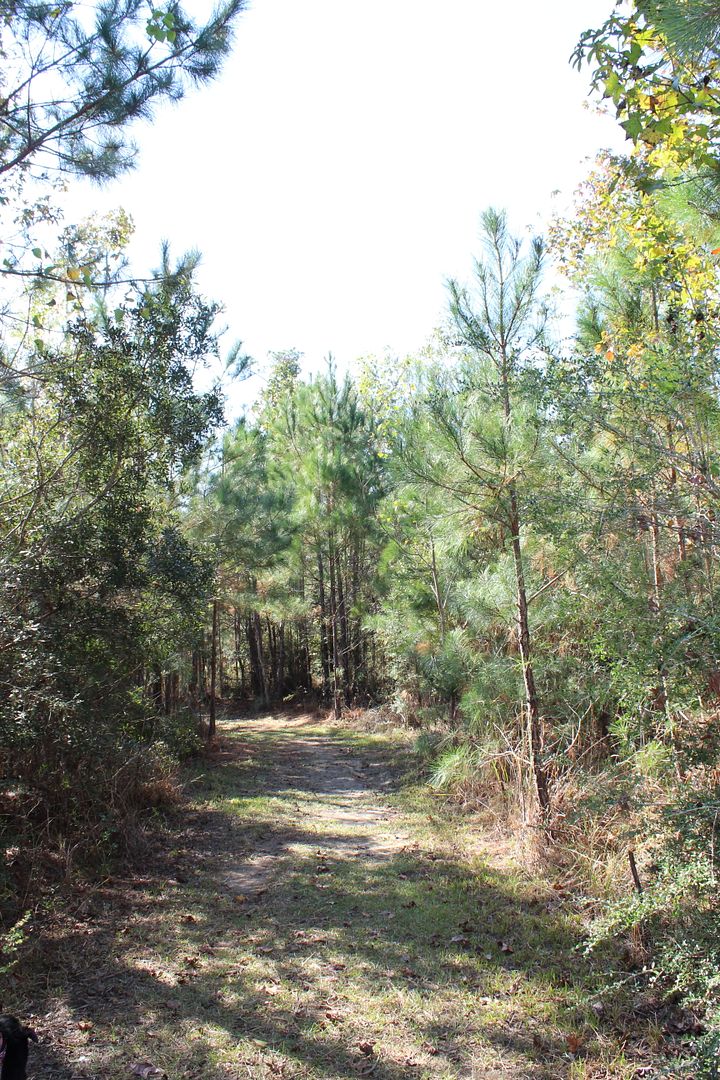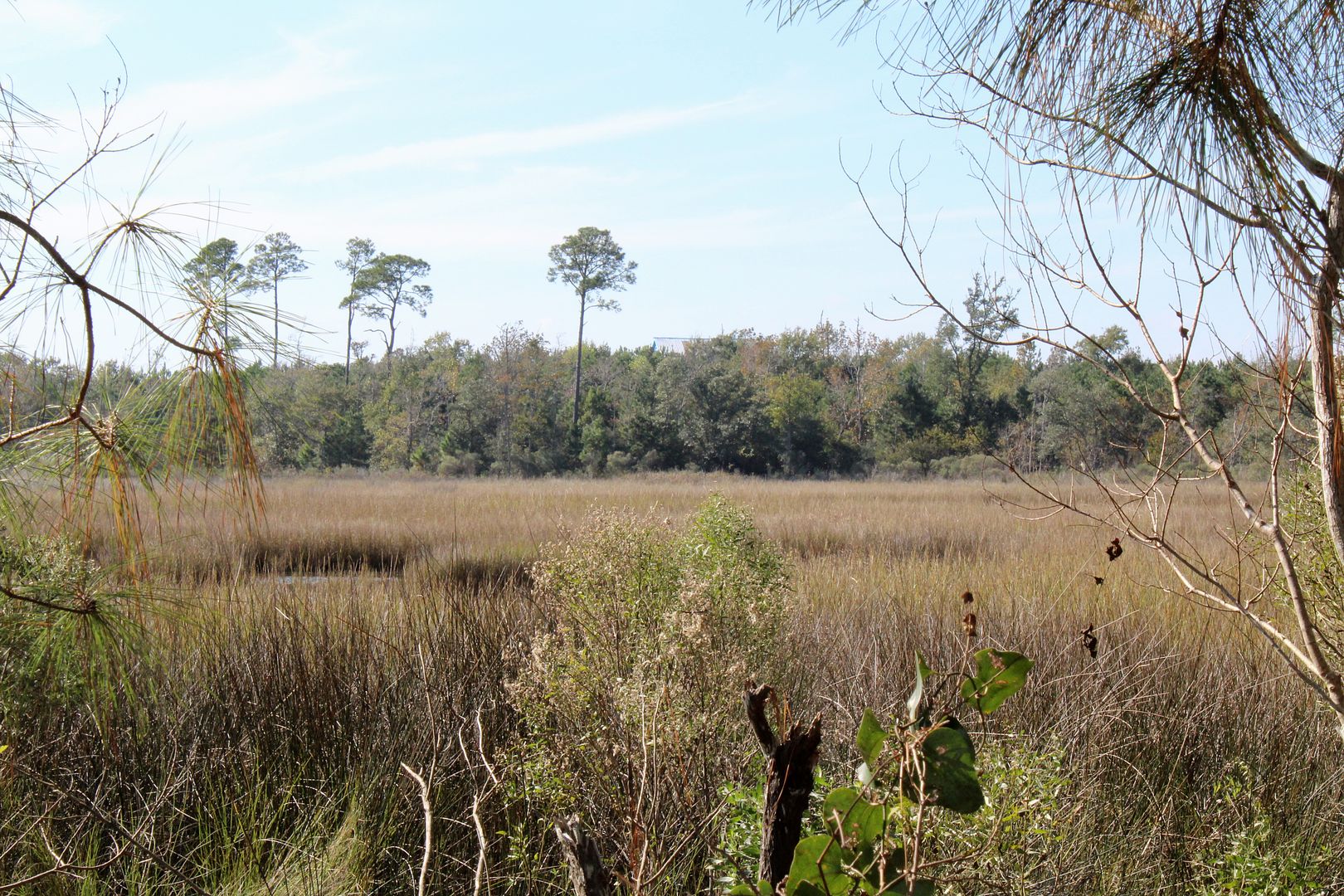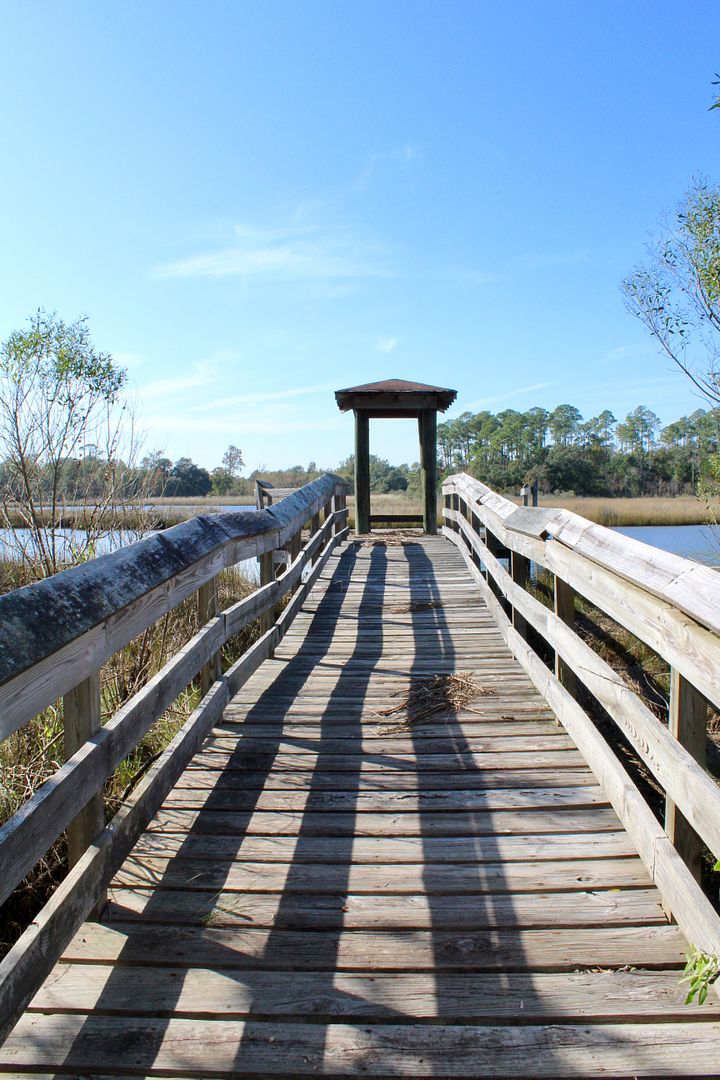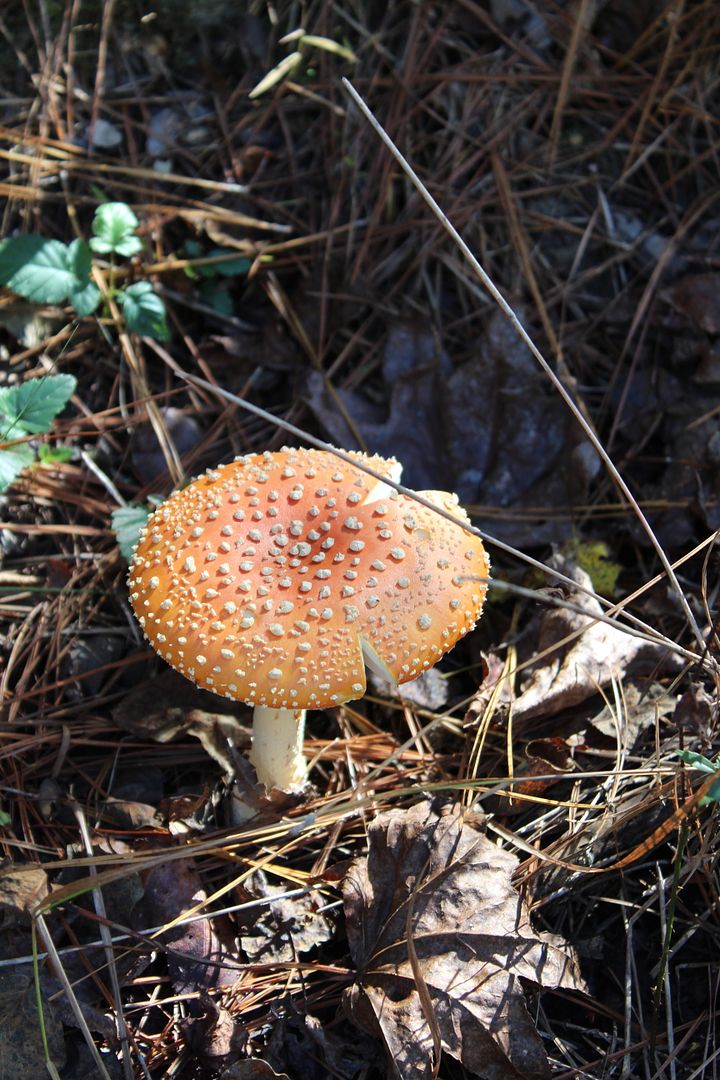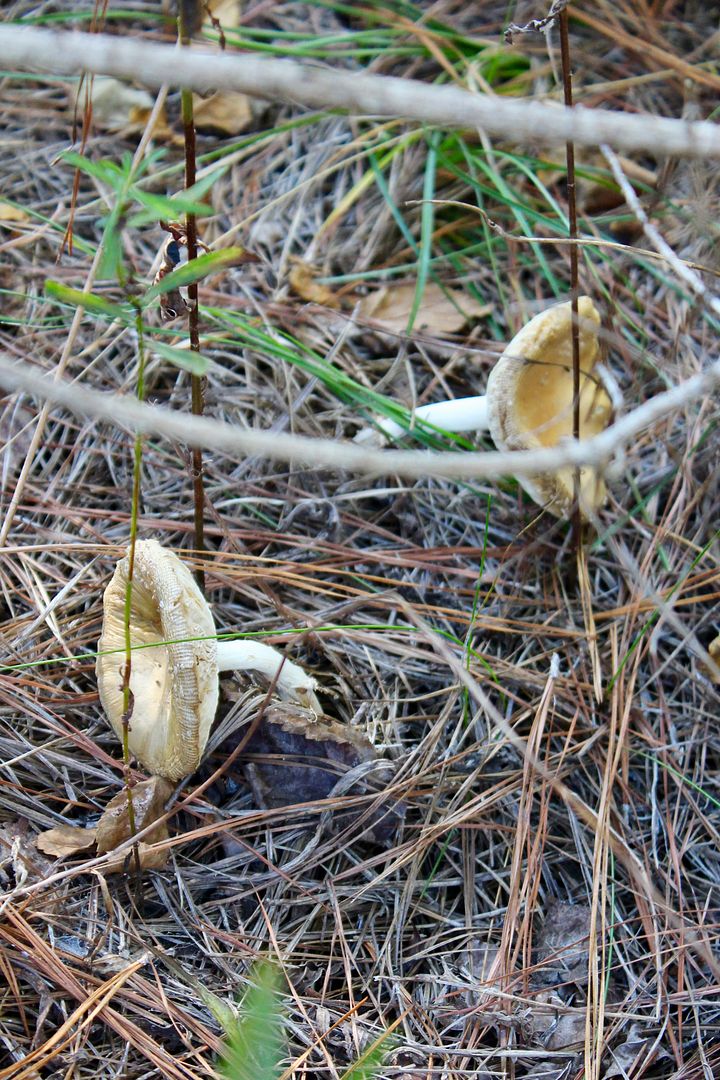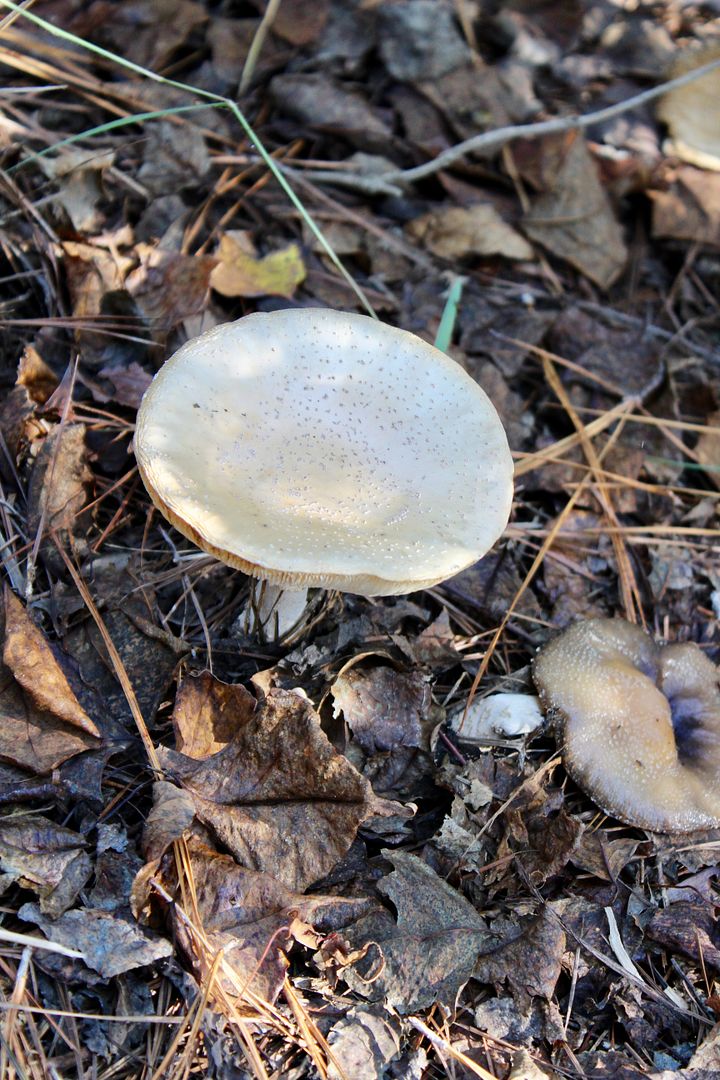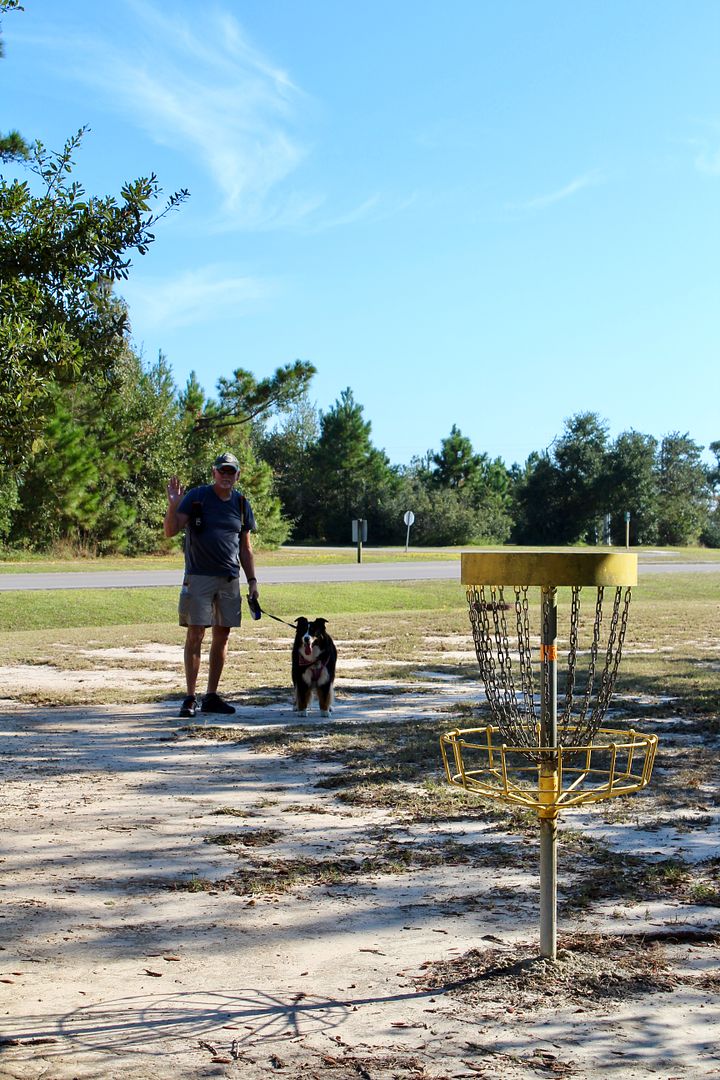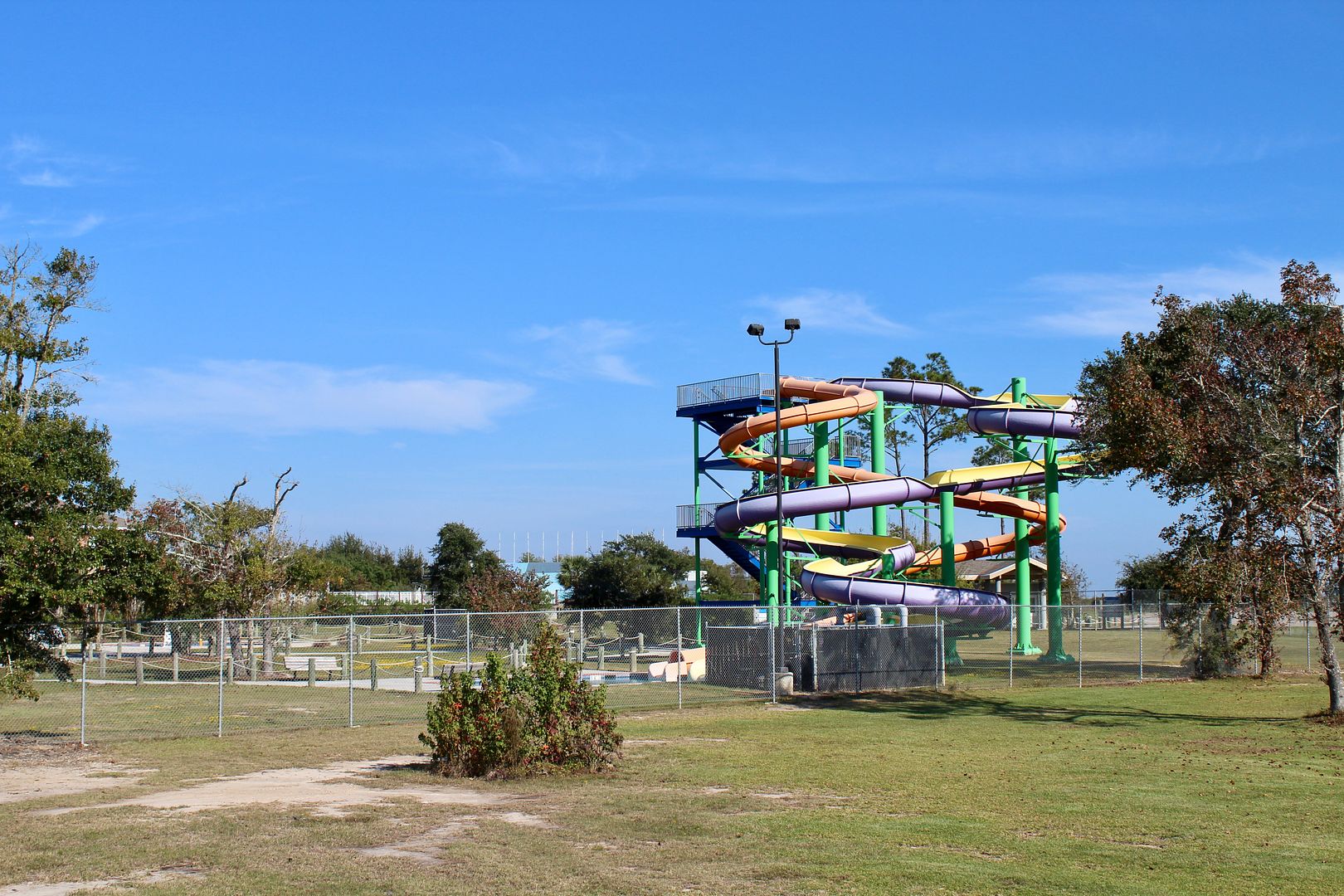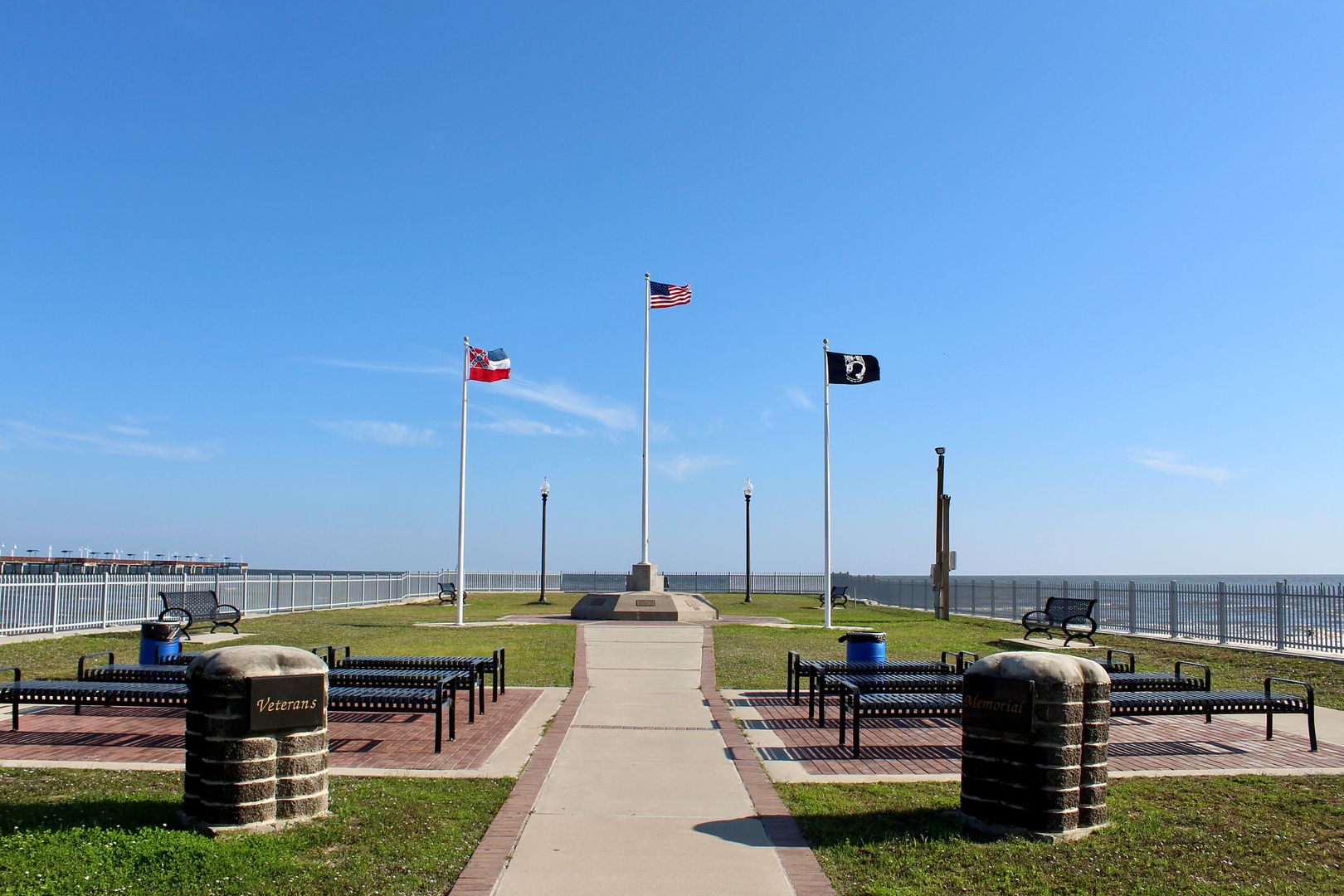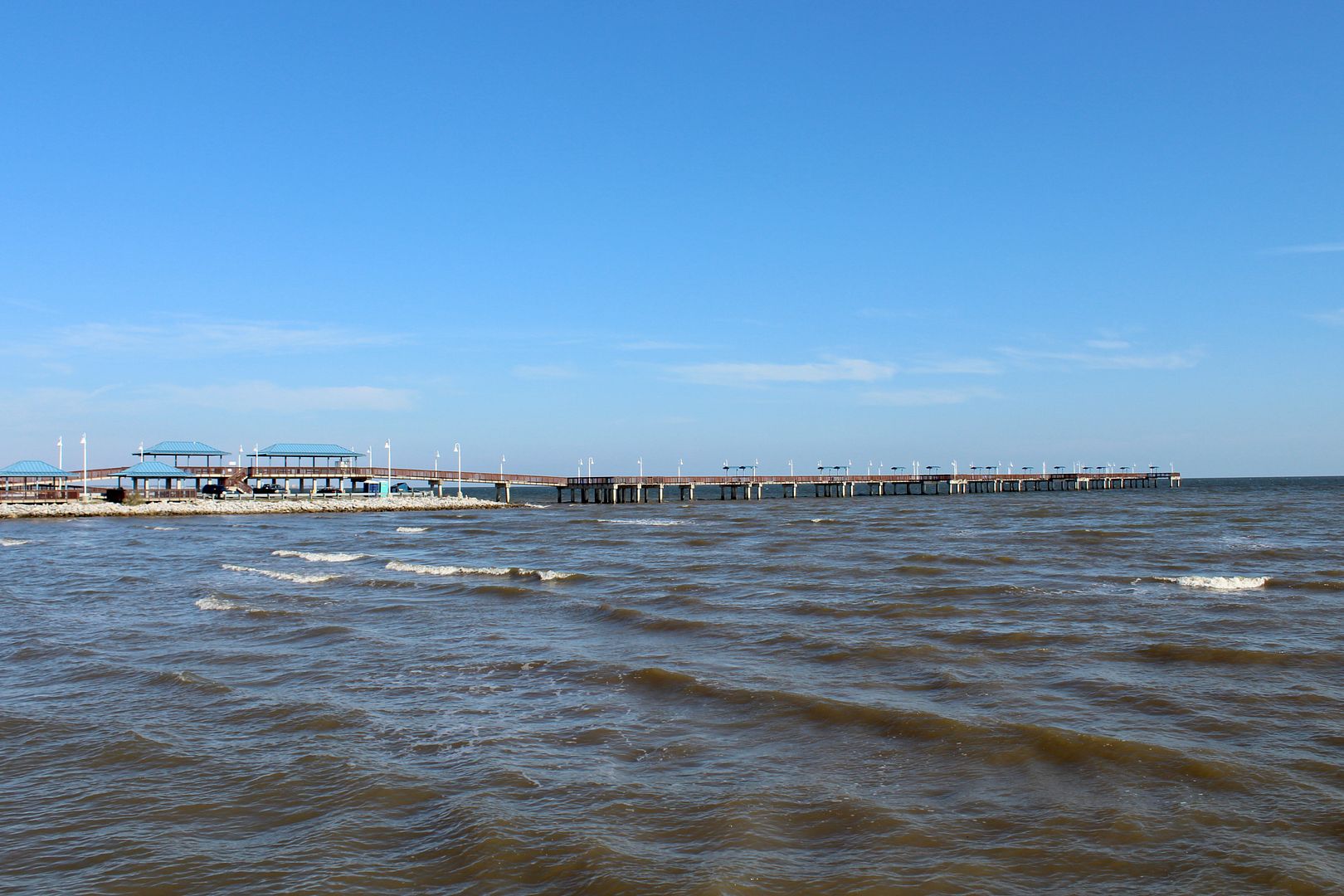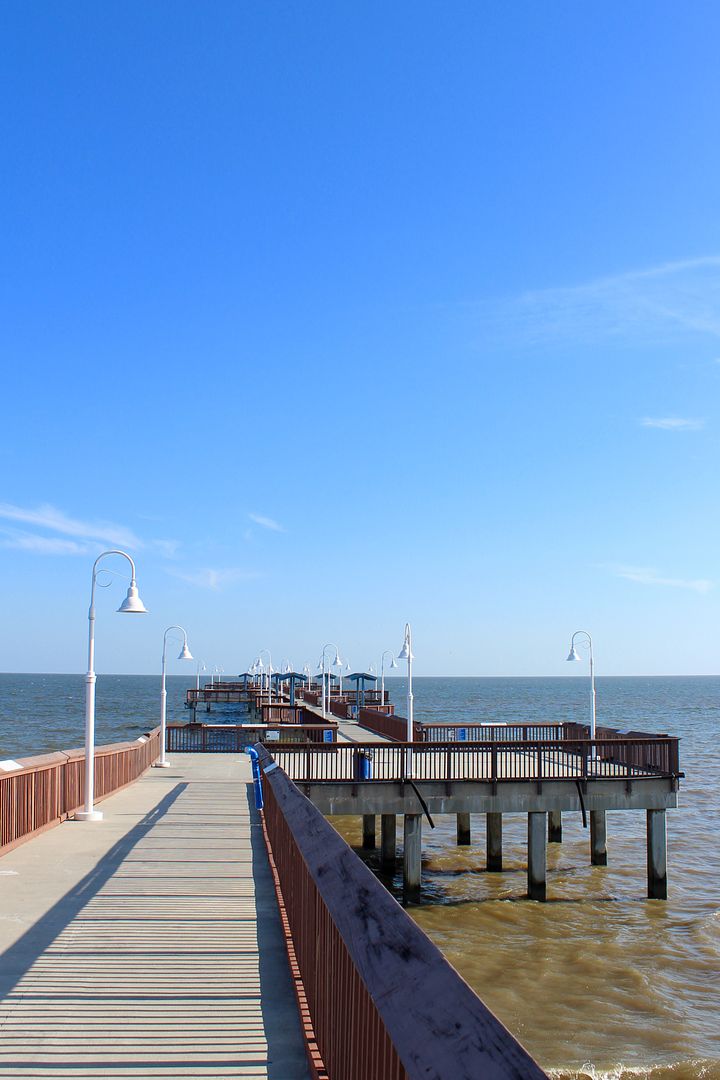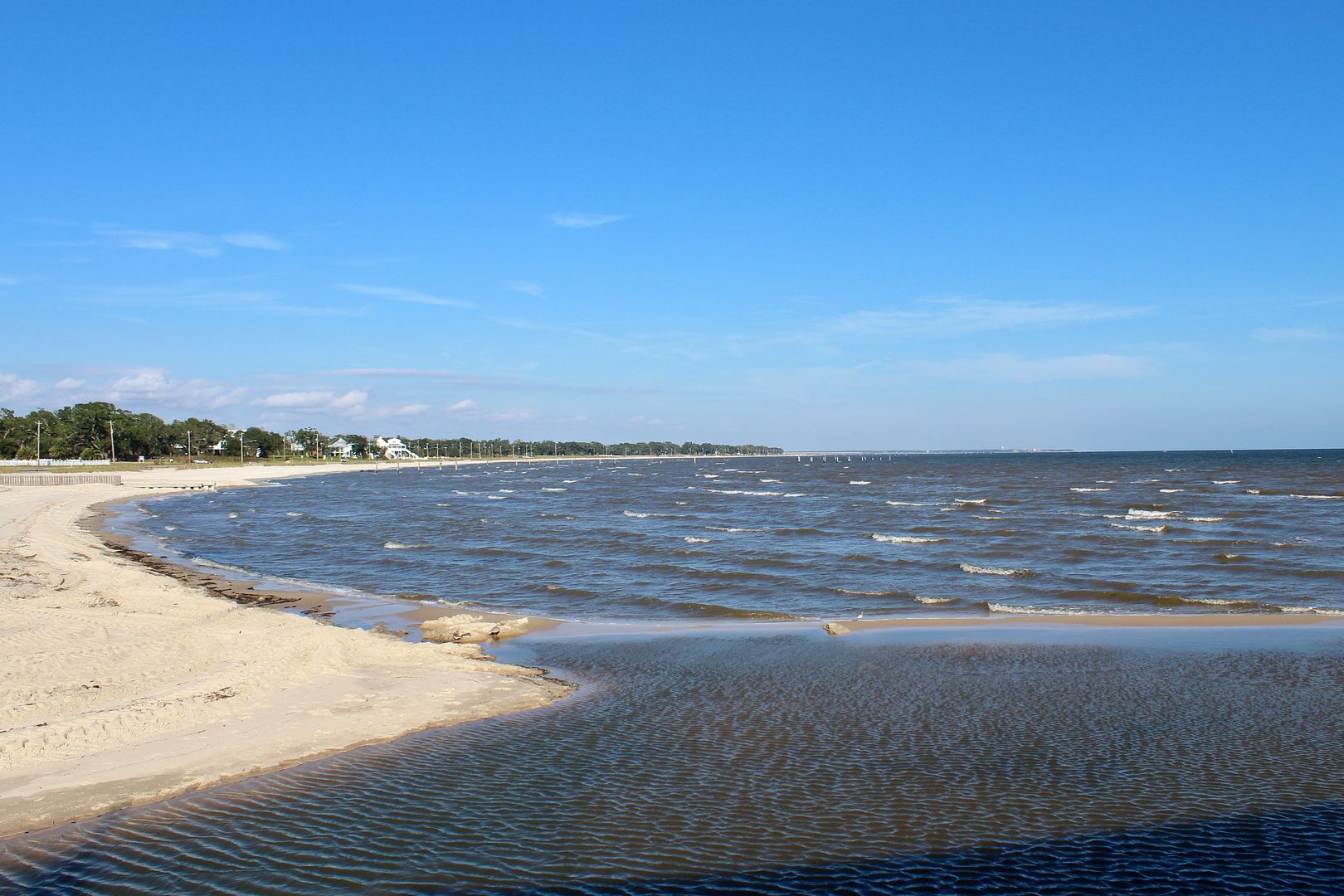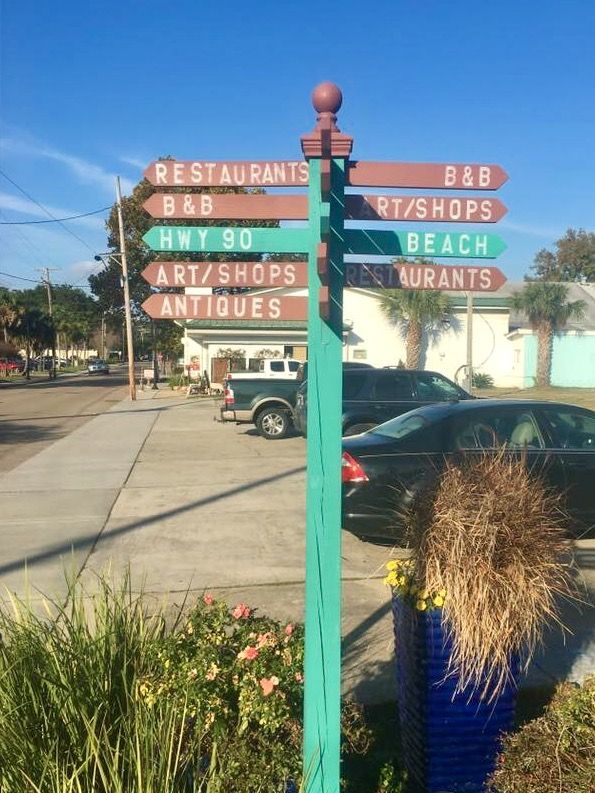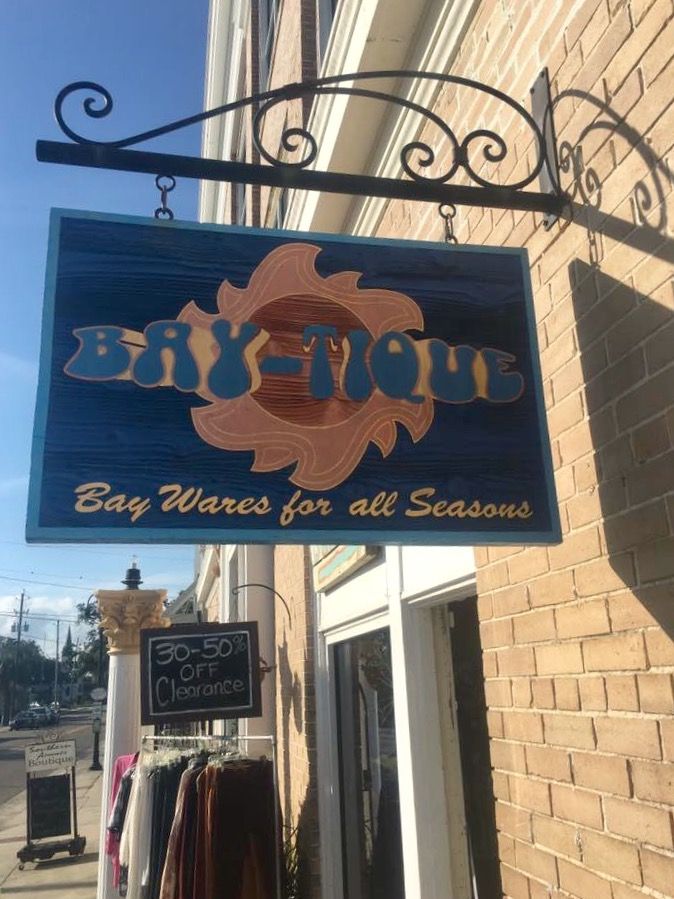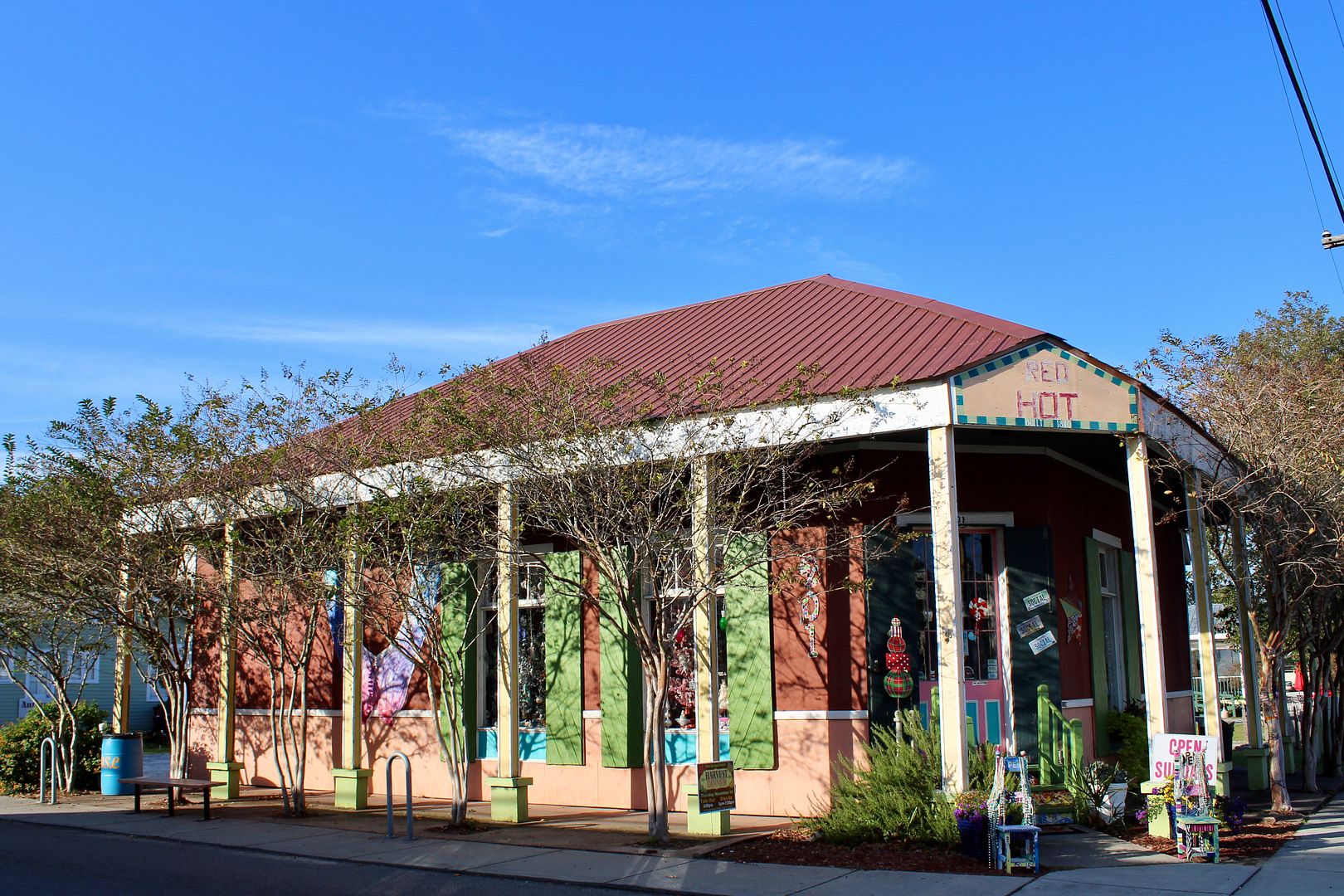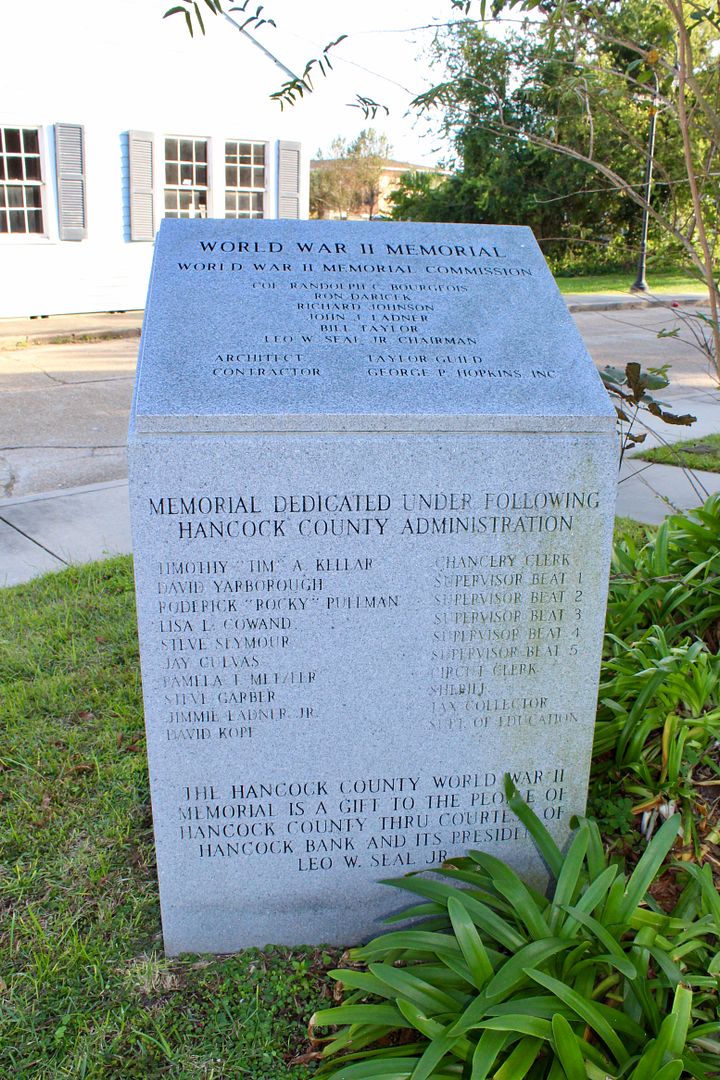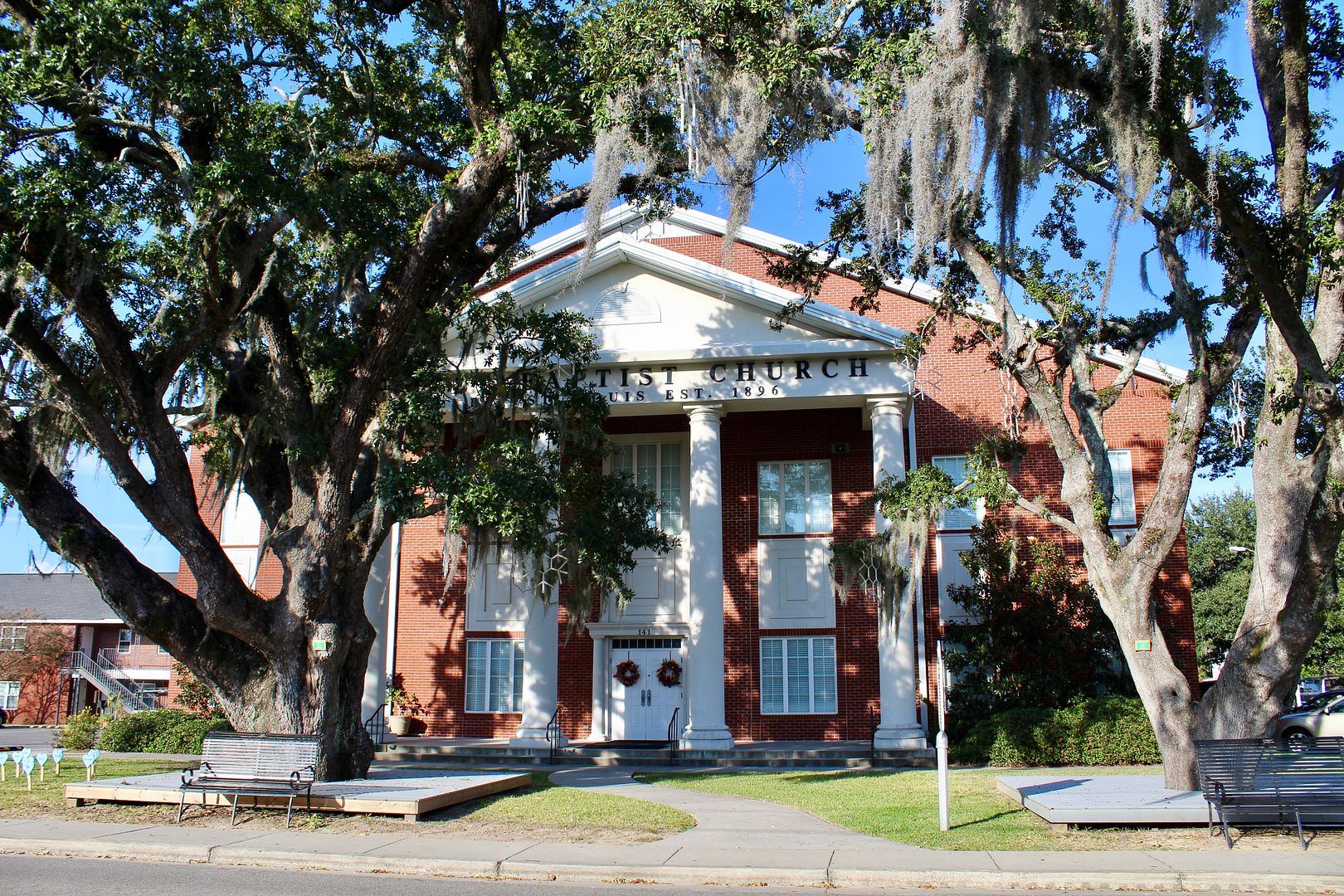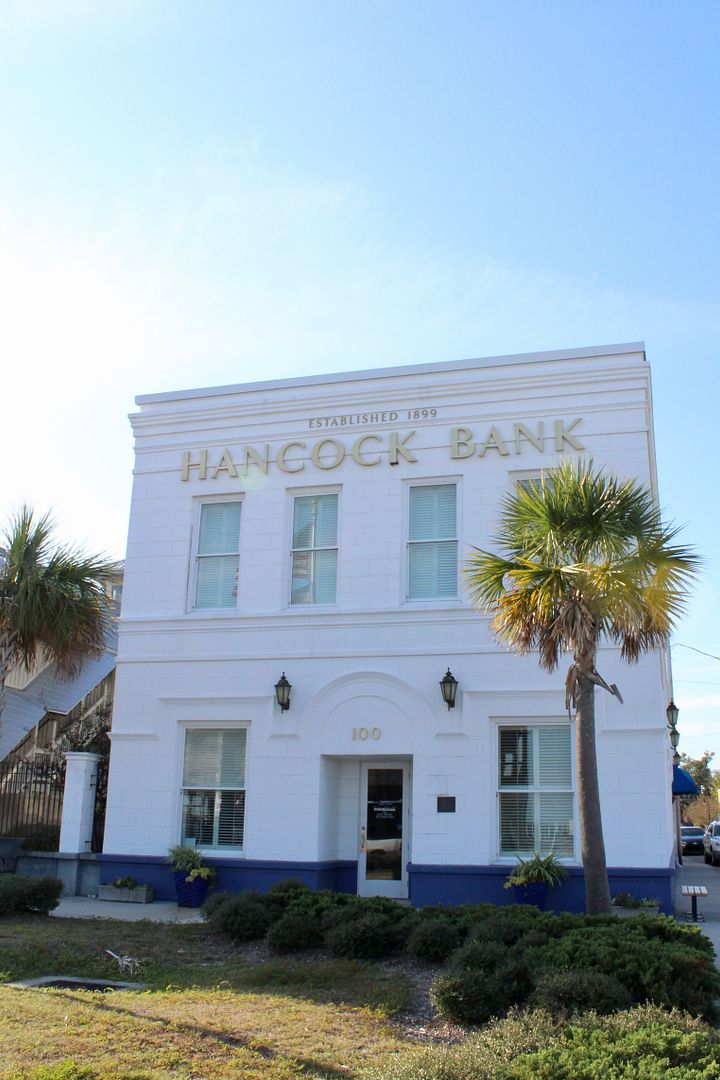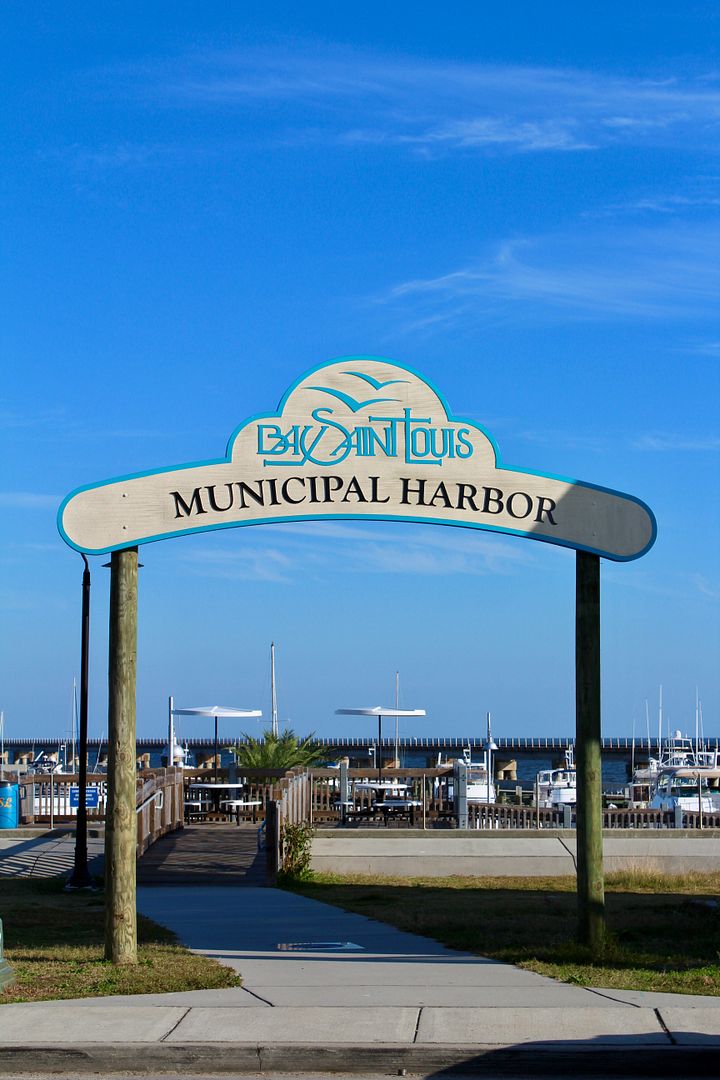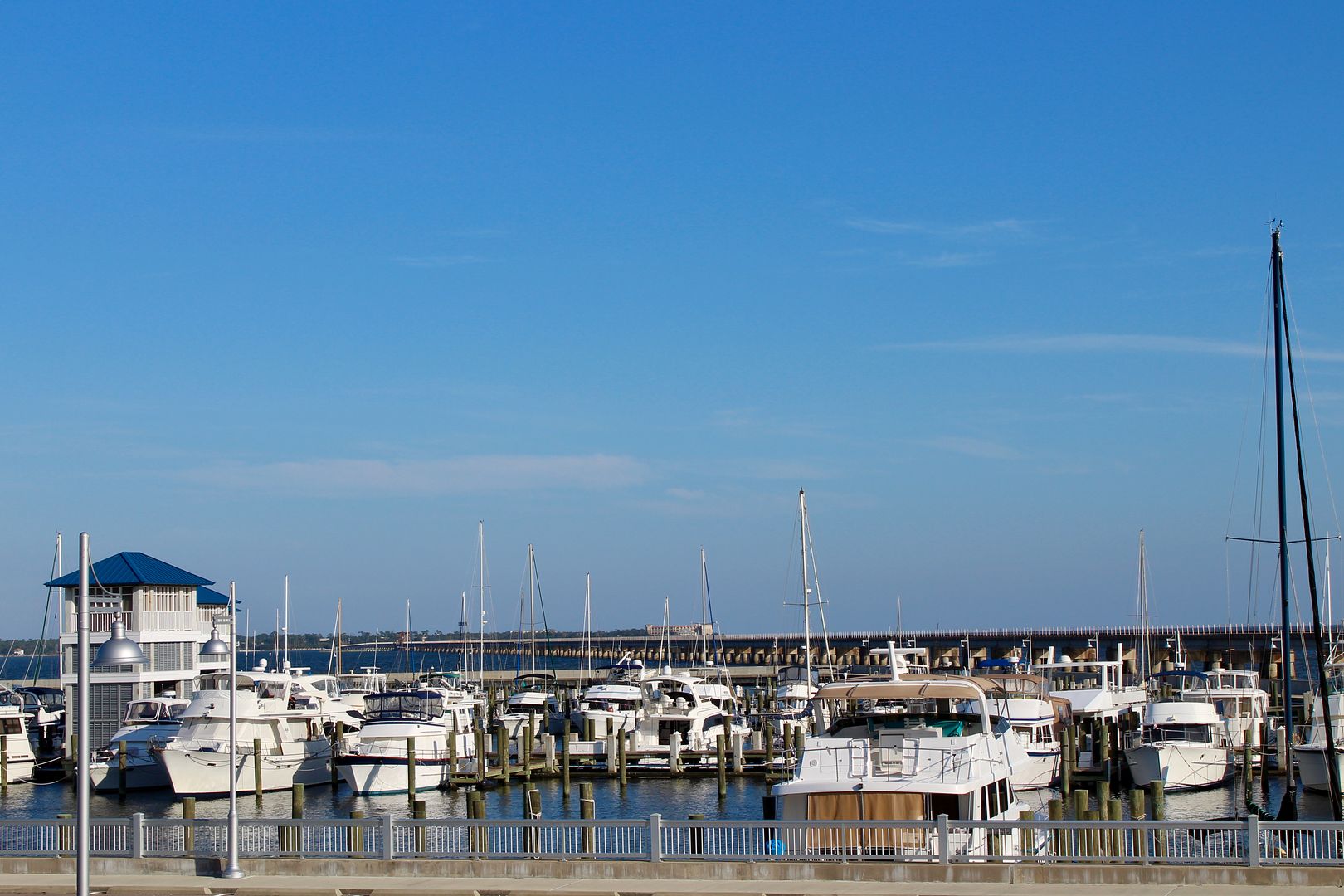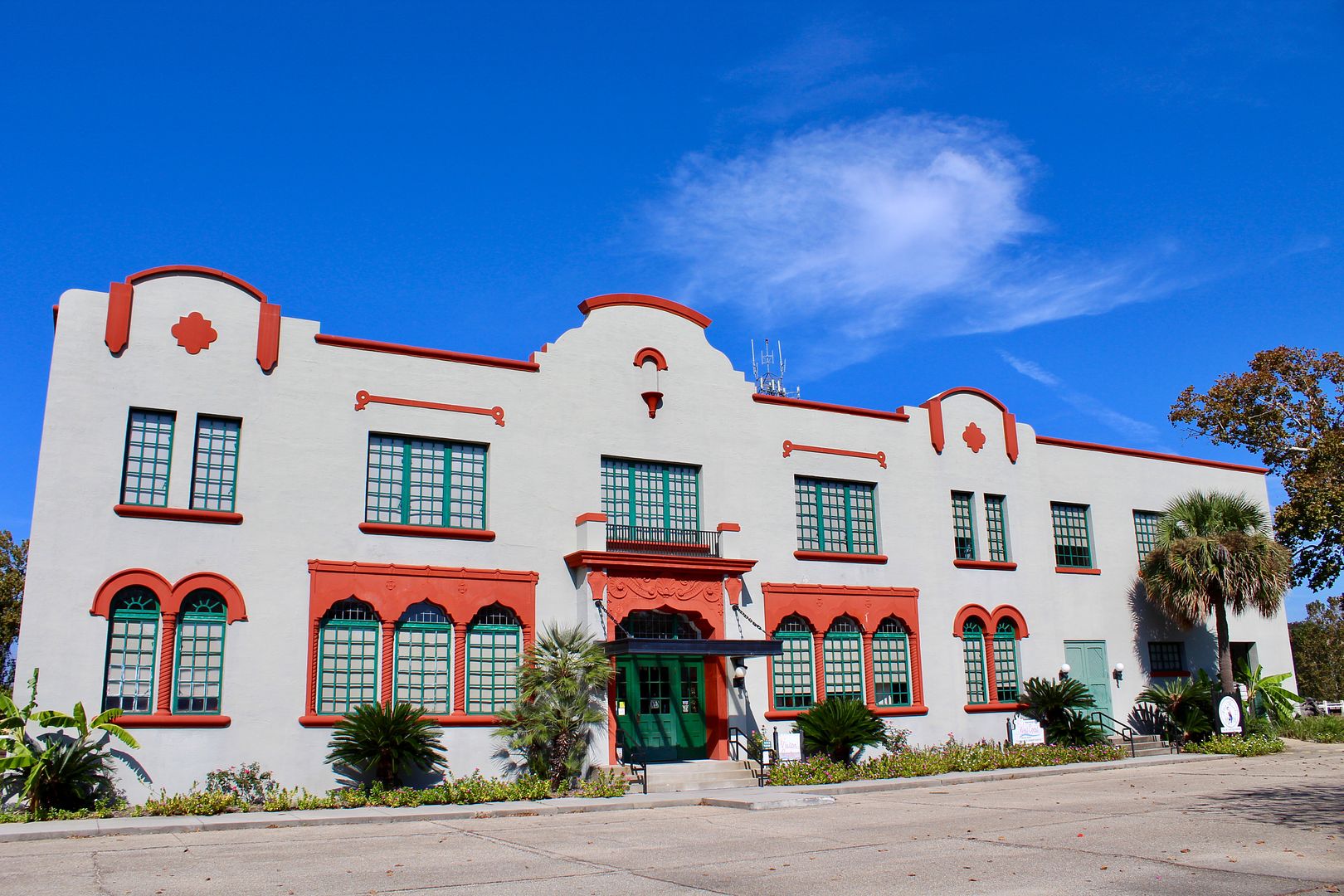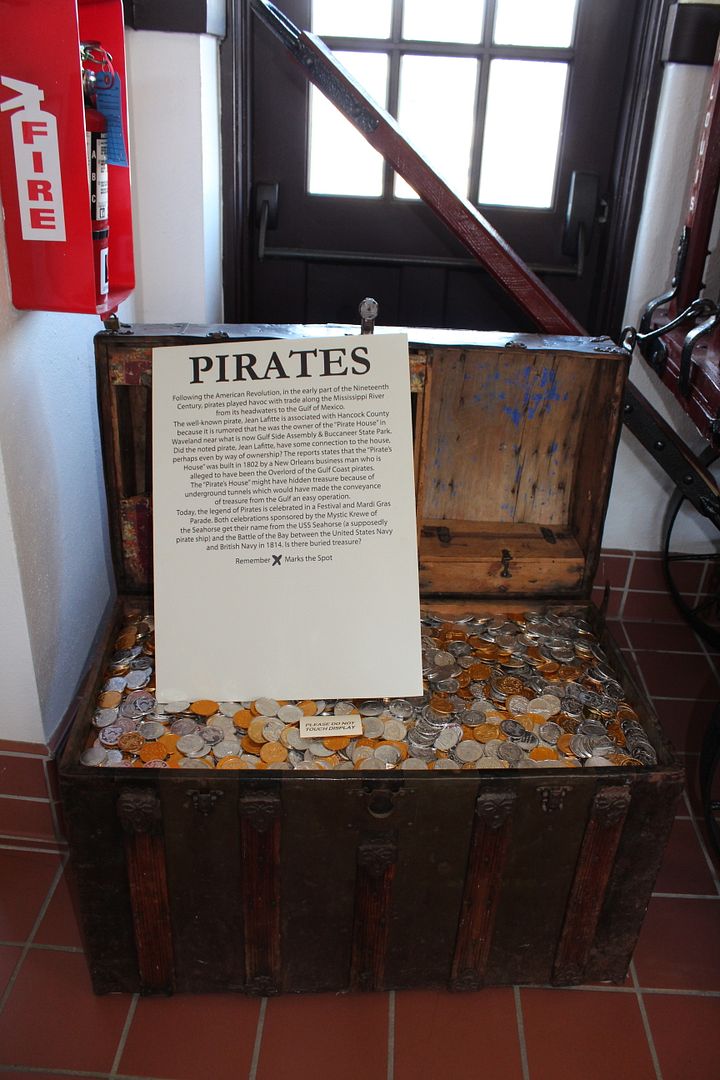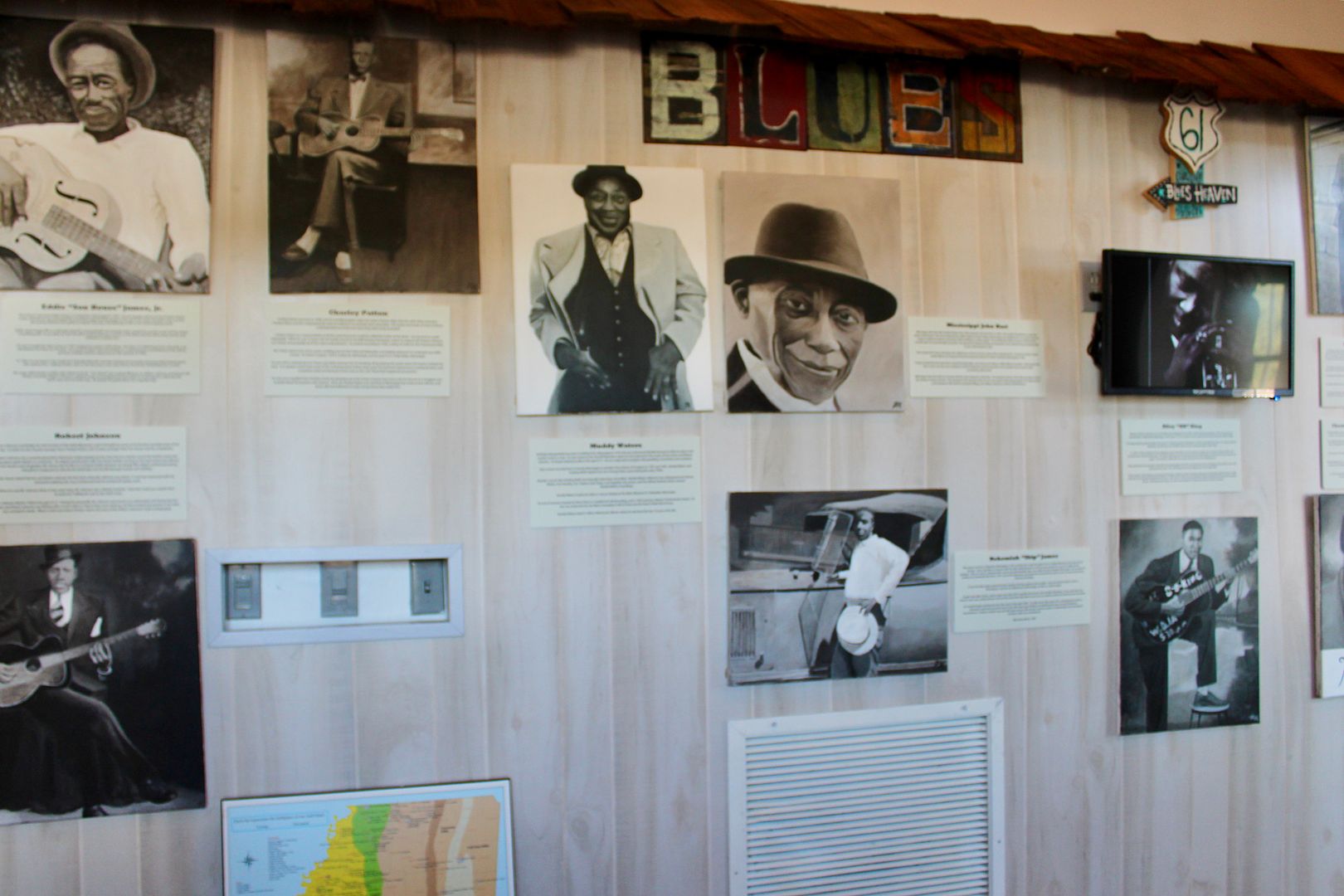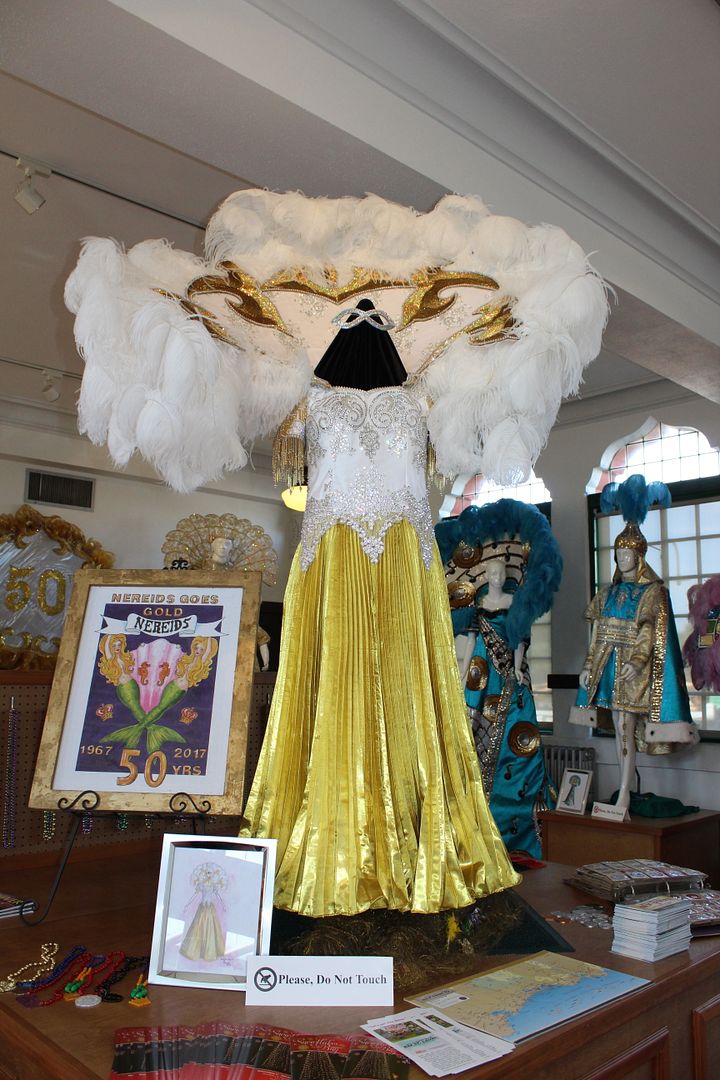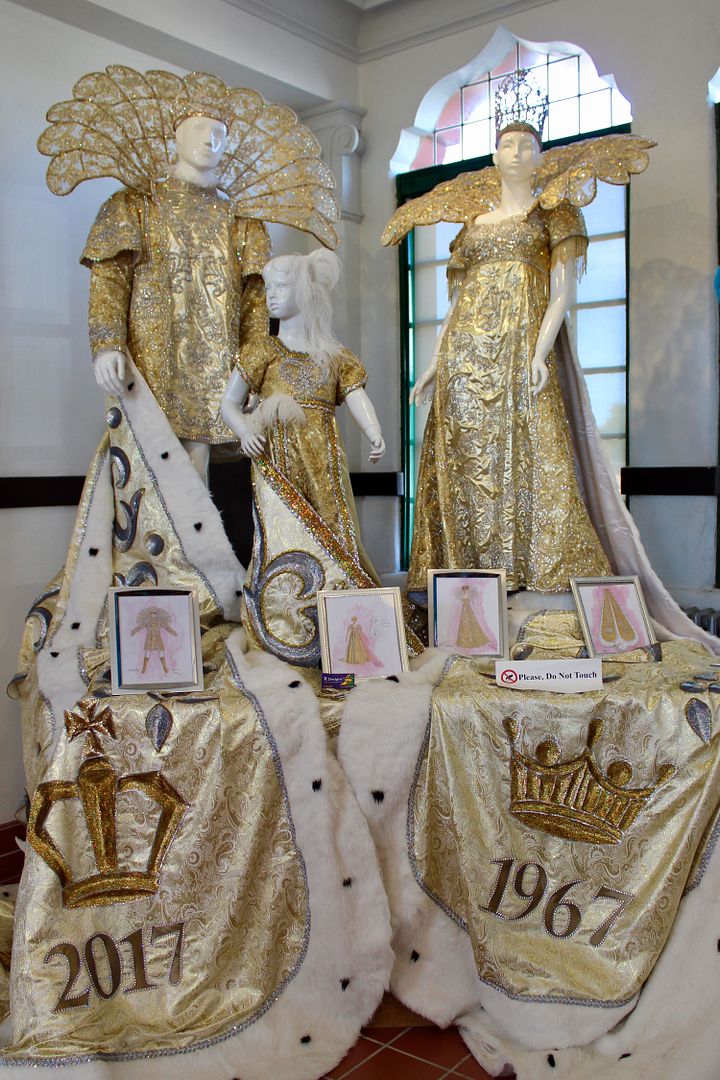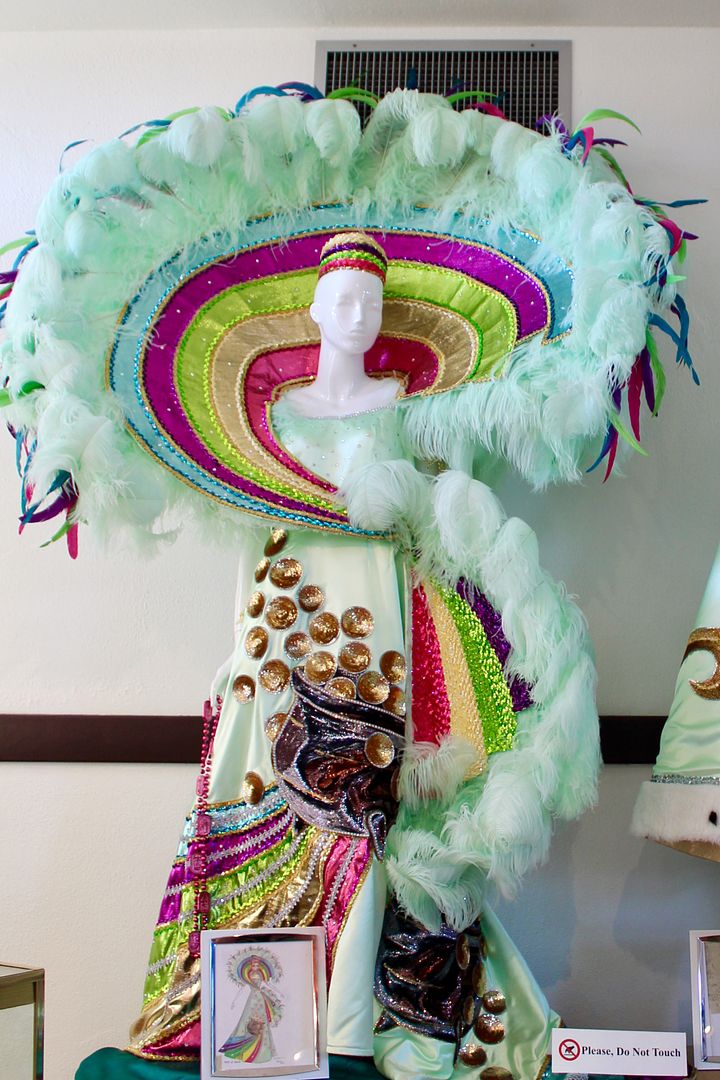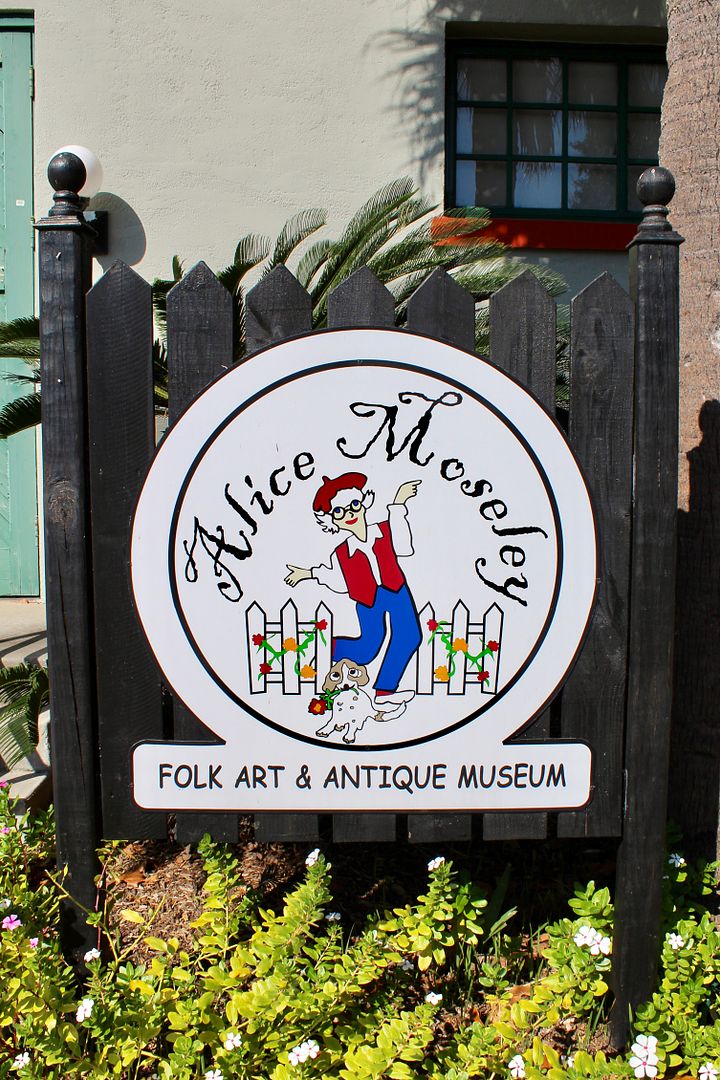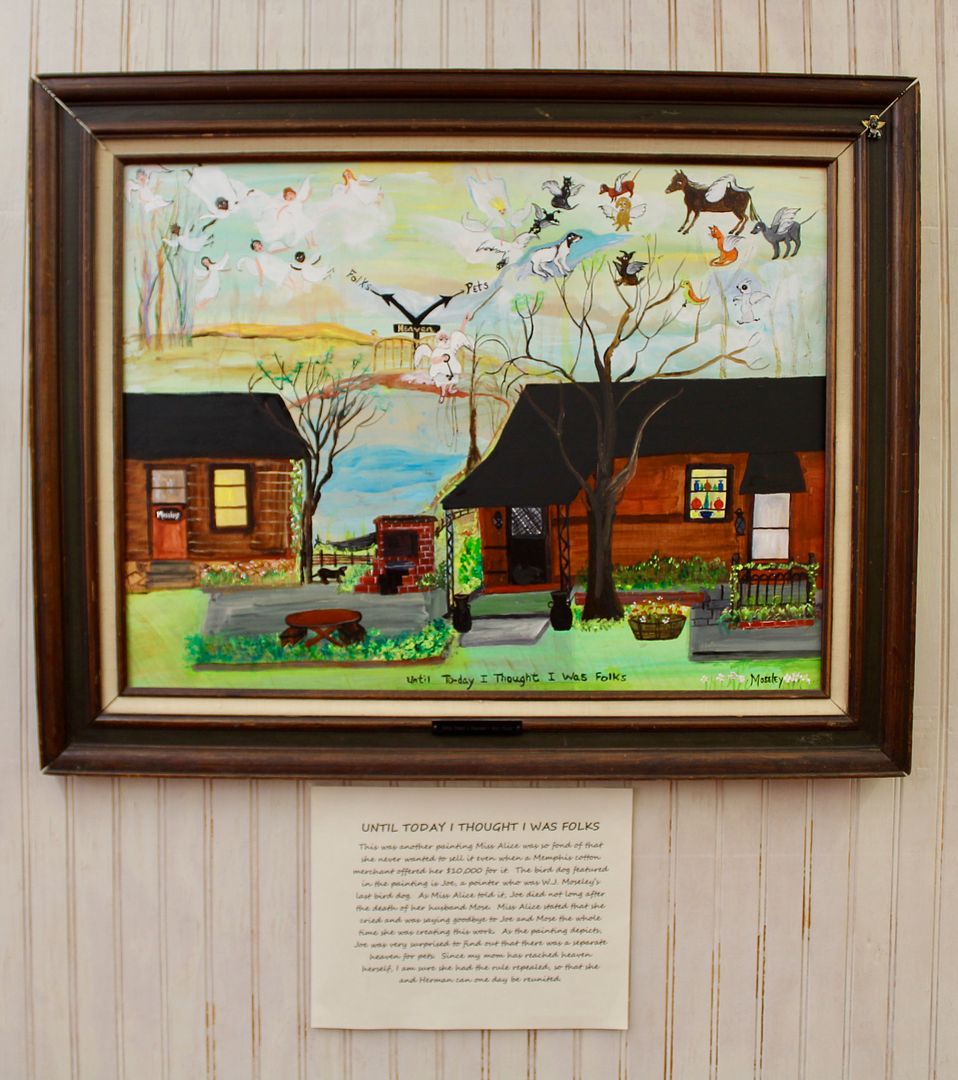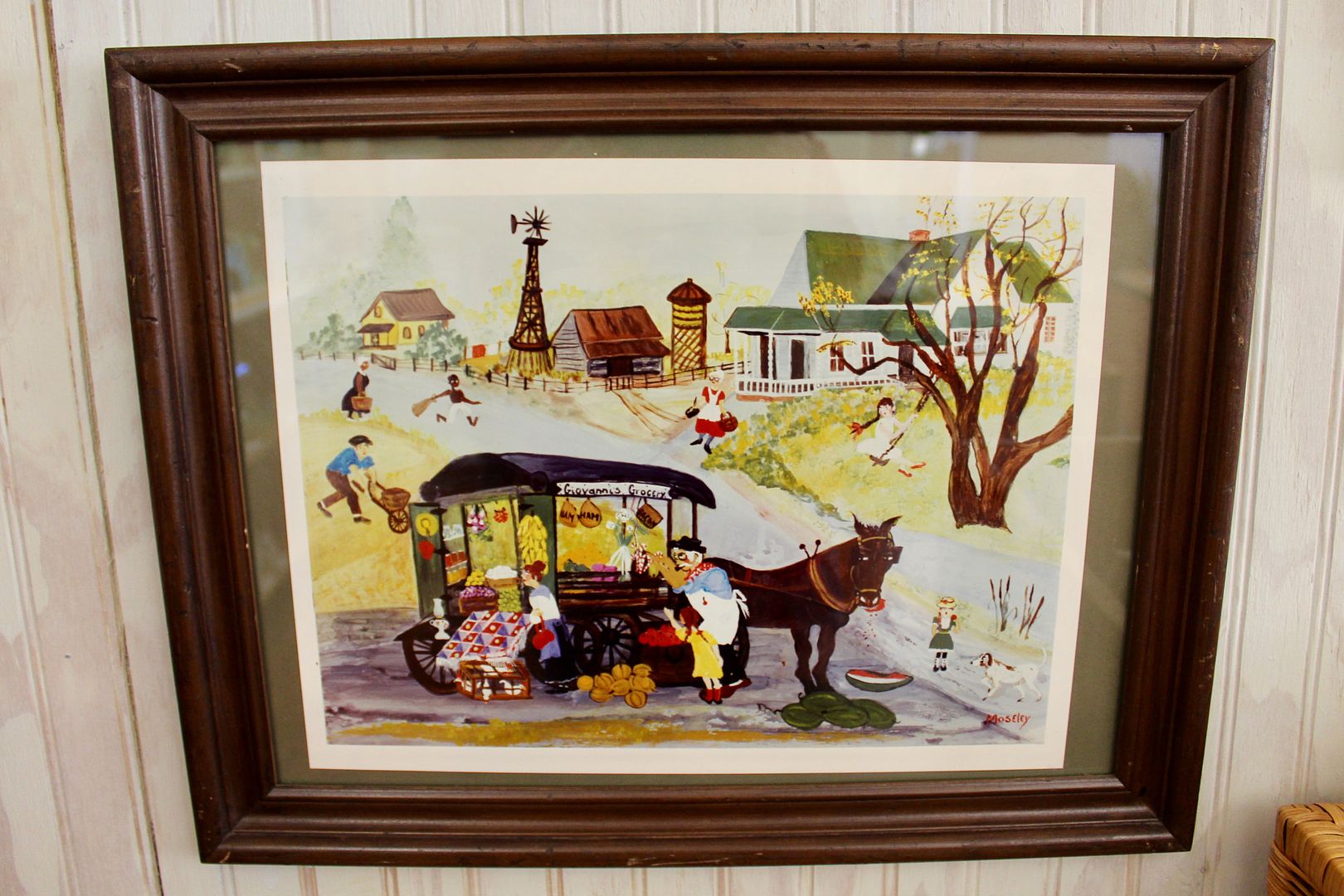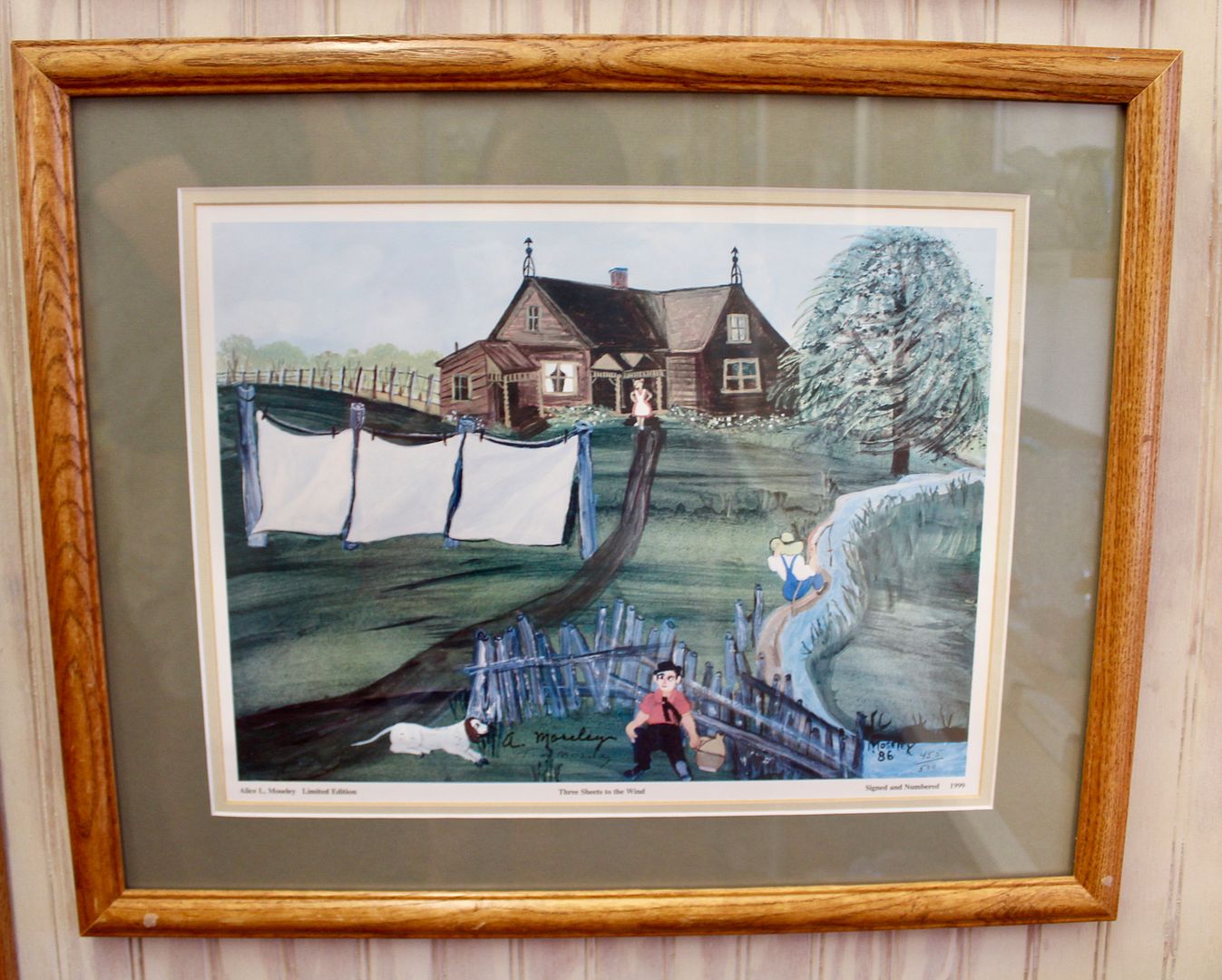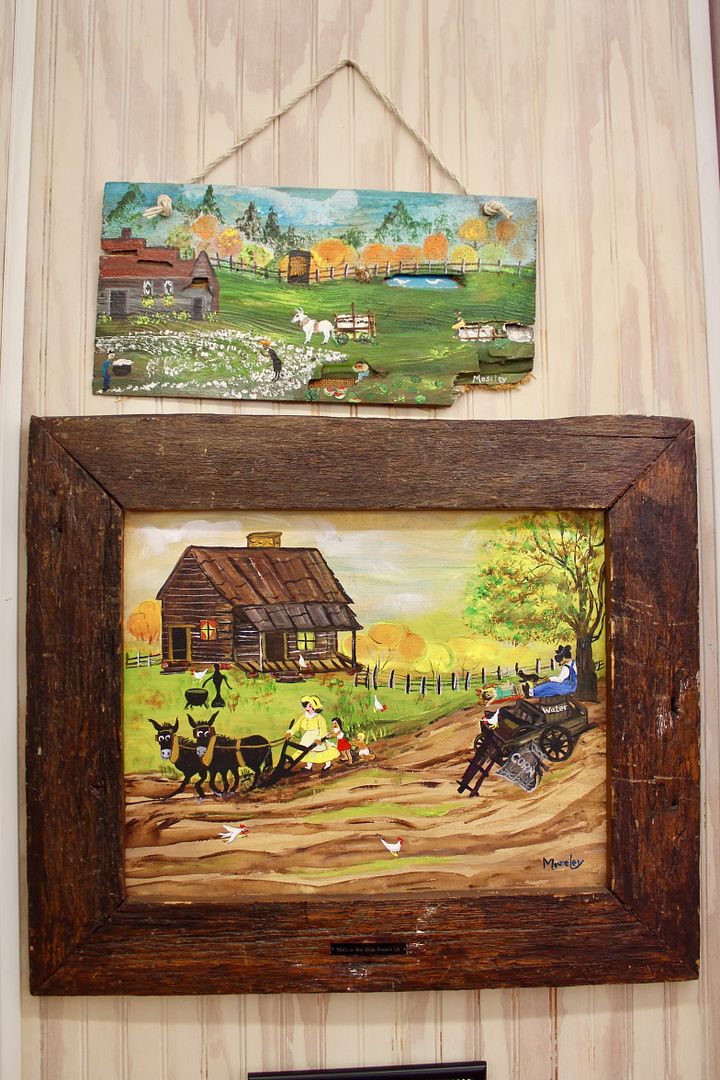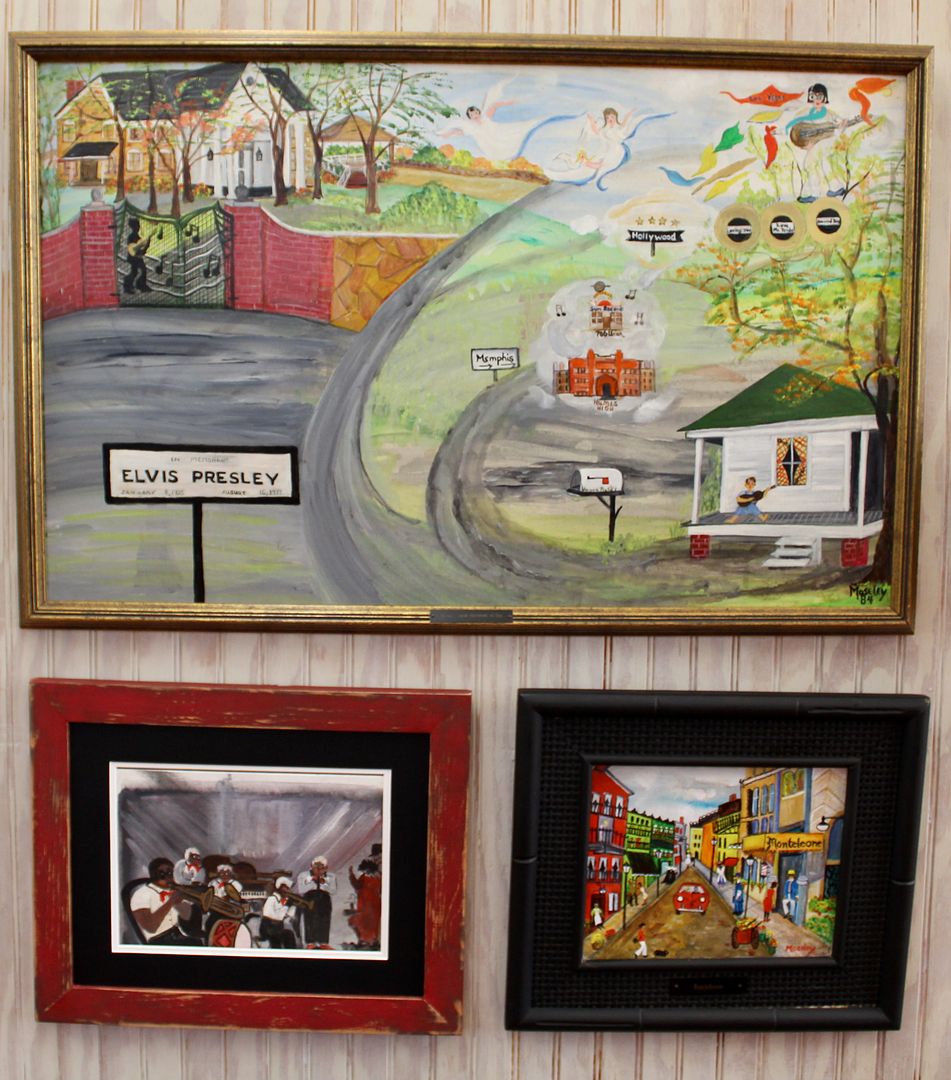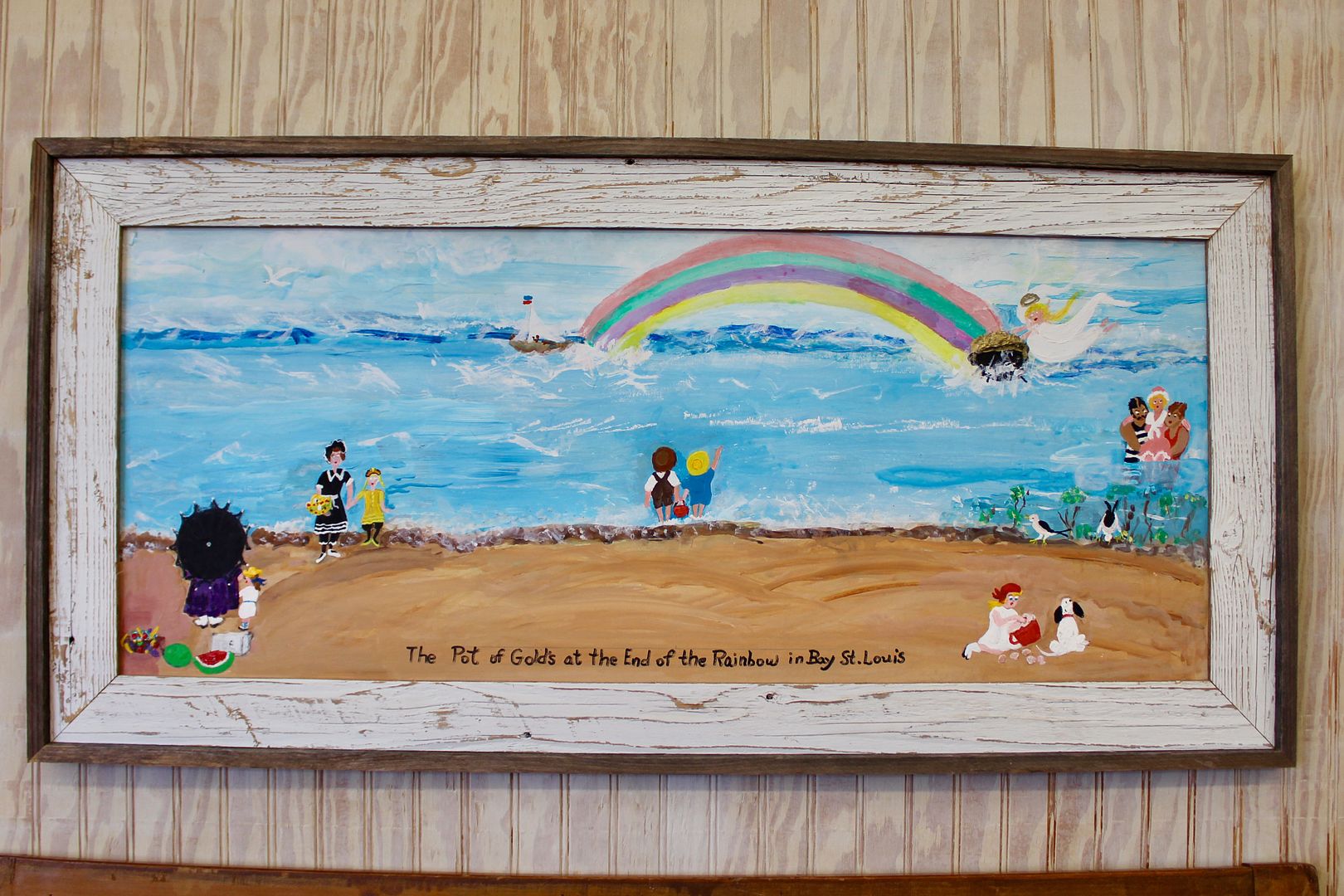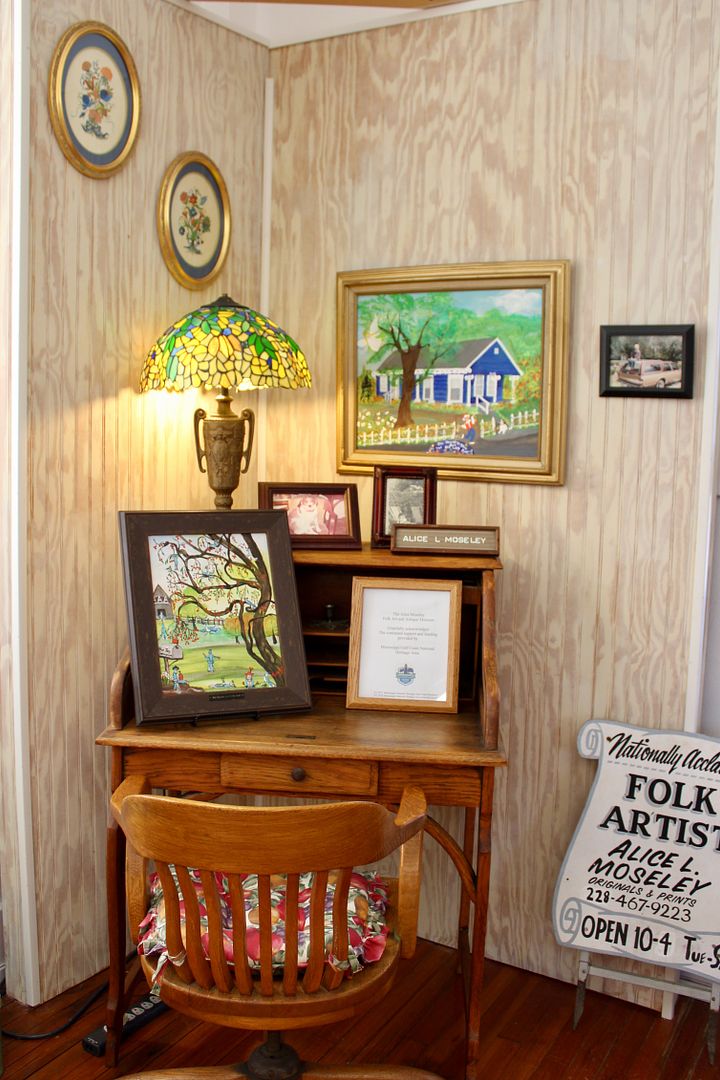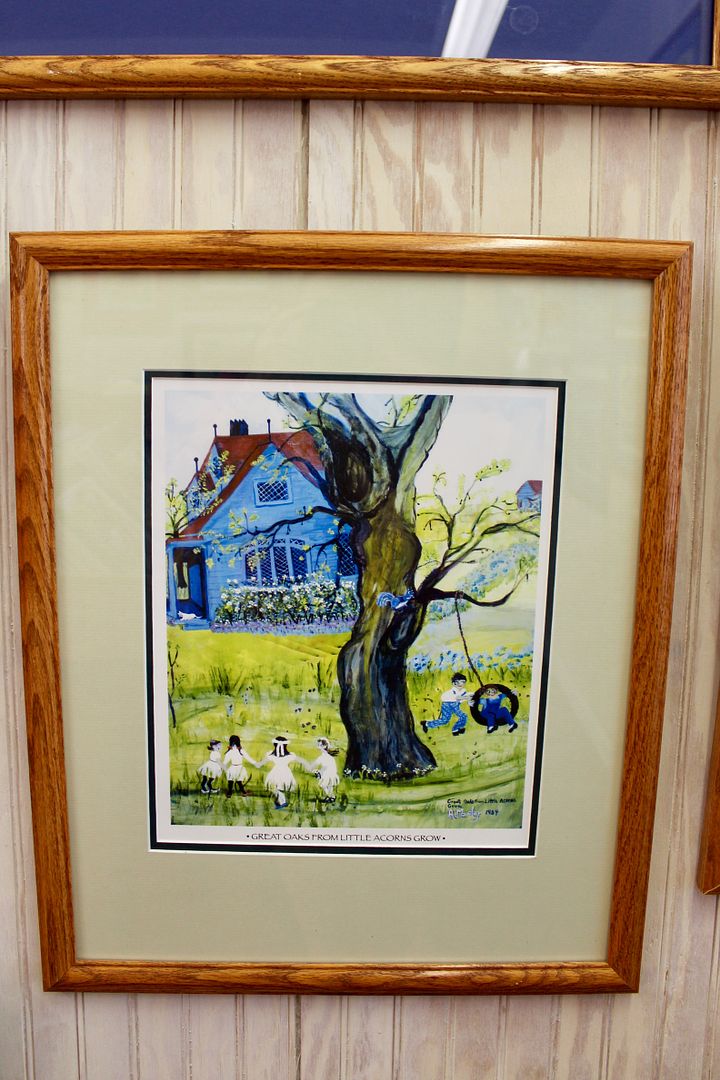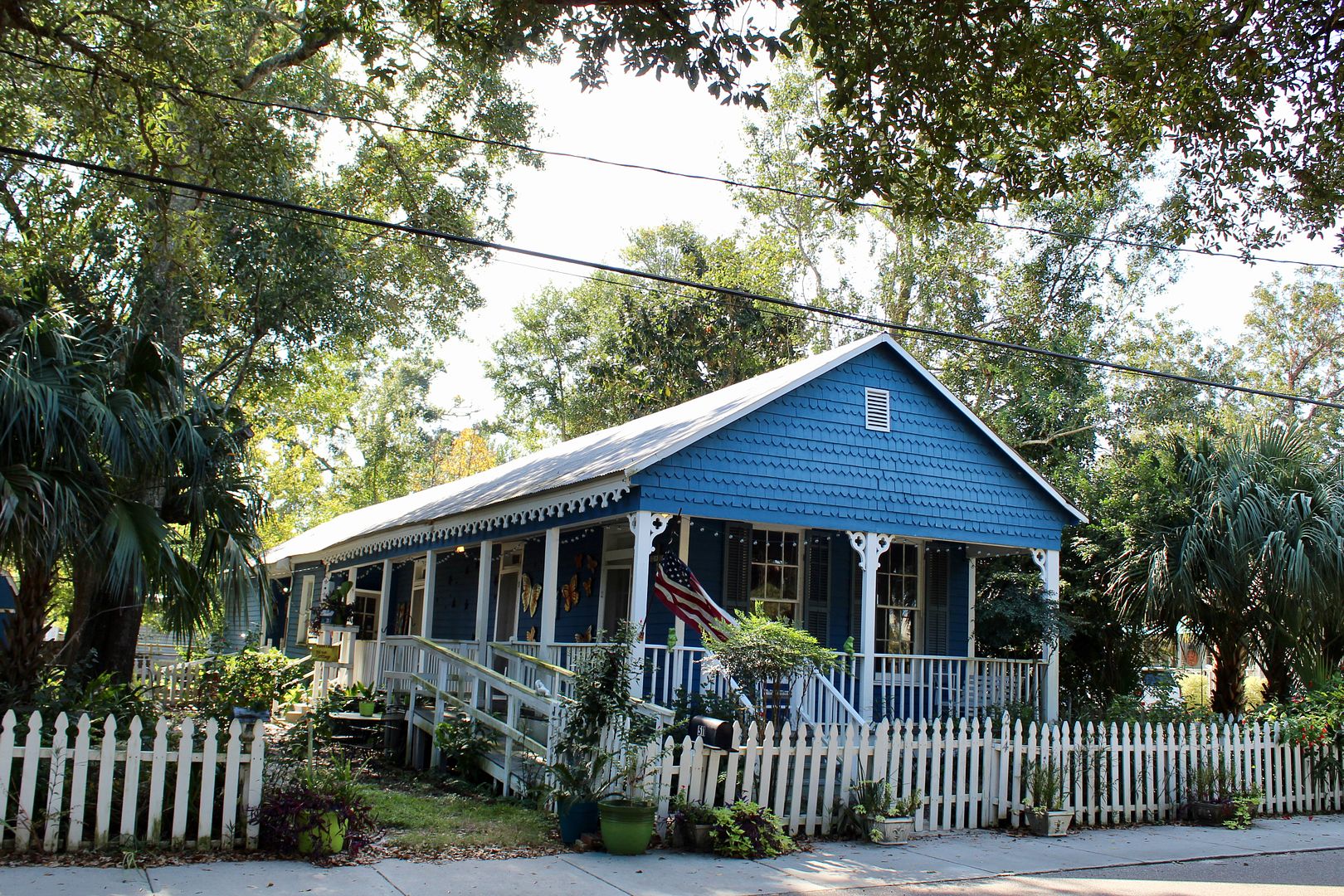Admission was $4/vehicle and we picked up a map at the entrance. We were interested in a hike with our sweet doggie, Sadie, so we drove to the parking area near Pirates Alley Nature Trail.
Jean Lafitte and his followers were smuggling and pirating along this part of the Gulf Coast in the late 1700s. He inhabited the old Pirate House (near the park) for a time. During the War of 1812, a military base of operation was here when Andrew Jackson led troops during the Battle of New Orleans. The area is, therefore, also known as Jackon's Ridge.
Hurricane Katrina destroyed 17,000+ trees in the park, but the area along the trail is recovering with oaks, magnolias, and pines.
The trail passes through Mud's Bayou where there is a pier and pavilion.
I find the fungi that grow on the forest floor to be interesting; they are always a little strange. At the end of the Nature Trail is one of the baskets for the par 3, 18-hole, disc golf course can be seen. This is a popular attraction at the state park.
Other amenities at the state park include a 4.5-acre water park (in season), 3 pavilions (that can be reserved for a fee), picnic area, and playground.
The large campground has 206 campsites with full hookups (electric, water, sewer) and another 70 sites with water and electric (located in a grassy area overlooking the Gulf of Mexico). It's a beautiful location, but beware during hurricane season.
As we drove to the small coastal town of Bay St. Louis, we made a quick stop to see the City of Waveland Veterans Memorial.
Next to the Veterans Memorial is the Garfield Ladner Memorial Pier. The 12,000' pier cost $4.5M and replaced one destroyed by Katrina in 2005. Dedicated in 2010, it is named for a former, long-time mayor of Waveland.
There is a lovely beach next to the pier.
All of the houses along this part of the coast are on very sturdy stilts to (hopefully) avoid future hurricane damage.
Continuing on to Bay St. Louis, we found a parking spot and did a quick walk-about.
Below is the county Court House and a World War II Memorial.
The congregation of First Baptist Church of Bay St. Louis formed in 1896. Their church was built on this location in 1947. It was reconstructed after being destroyed by Katina in 2005. The two large oak trees (named Faith and Hope) in front of the church survived the intense winds and storm surge.
Located just one block from the harbor is the Hancock Bank building. The bank was established in 1899 and the first 2-story, brick building in Bay St. Louis (open in 1900). Renovations occurred after extensive damage by Hurricanes Camille (1969) and Katrina (2005). Nearby is the entrance to the Municipal Pier. We enjoyed (as we always do) checking out the boats in the marina.
We were glad we took the time to visit Bay St. Louis during our stay in Biloxi. It has been named one of the top 10 coastal towns in the US by Southern Living. From the train depot, the Alice Moseley Museum, Buccaneer State Park, Veterans Memorial, Lander Pier, to the quaint town, it was a lovely day.
